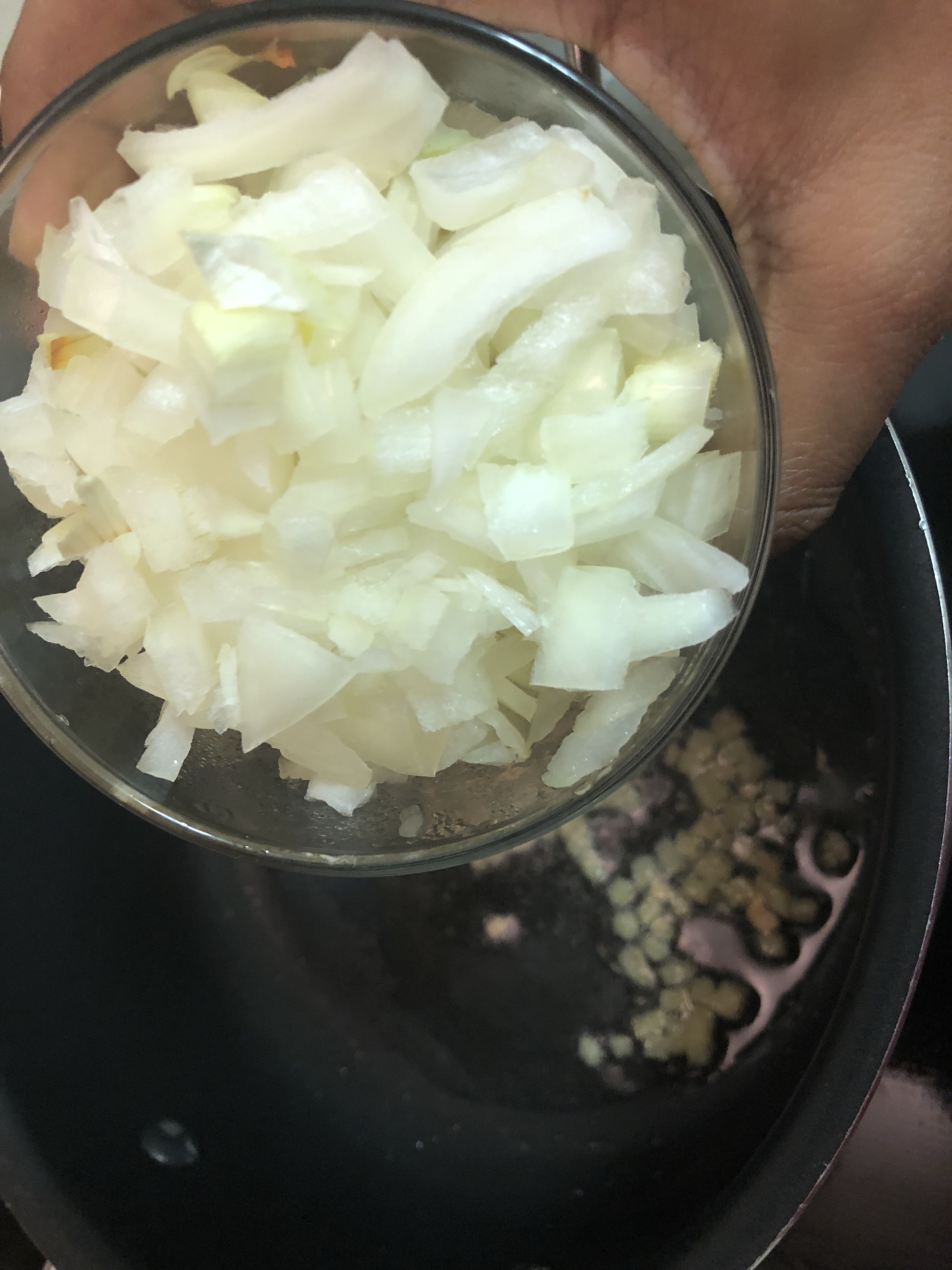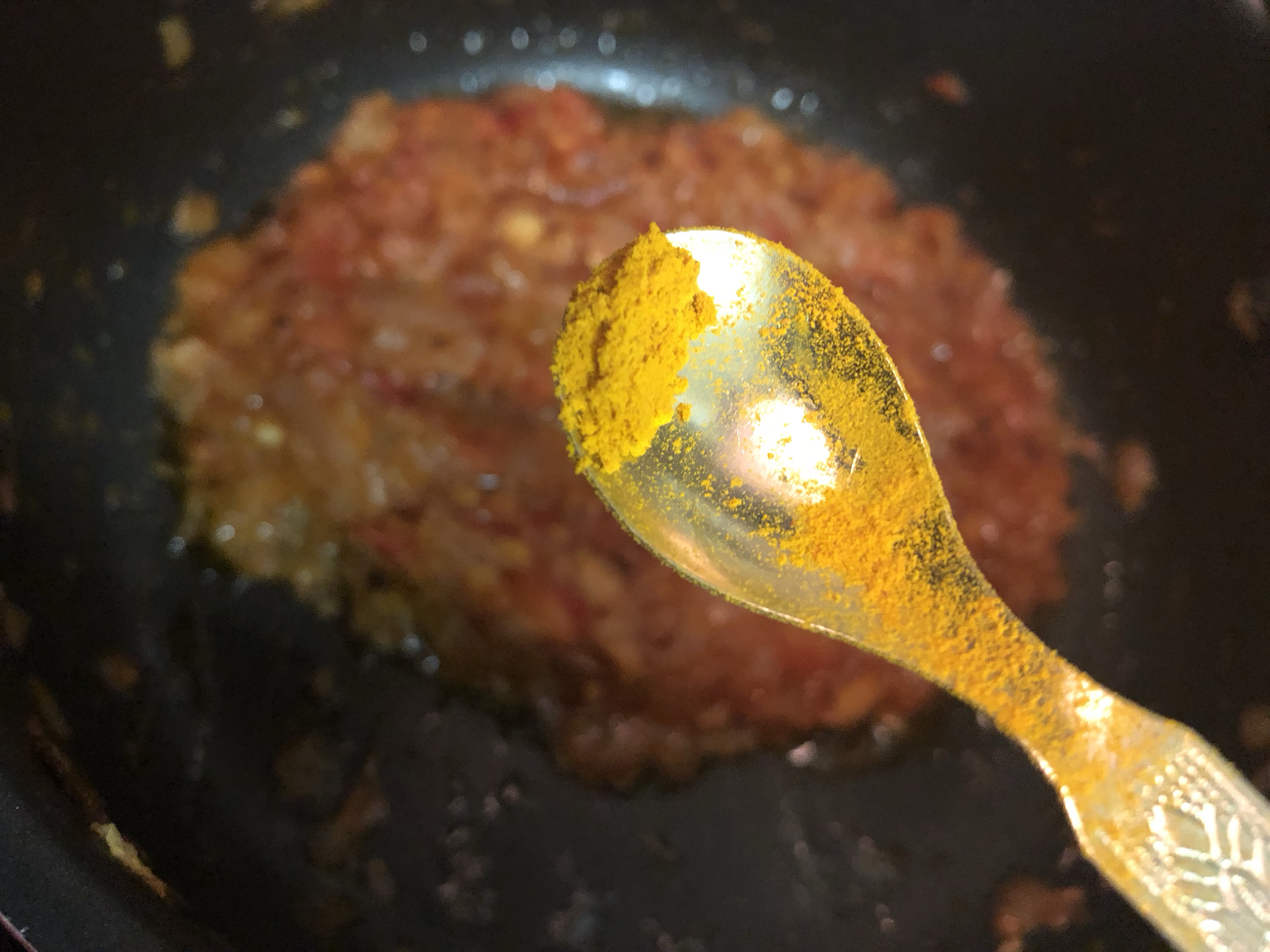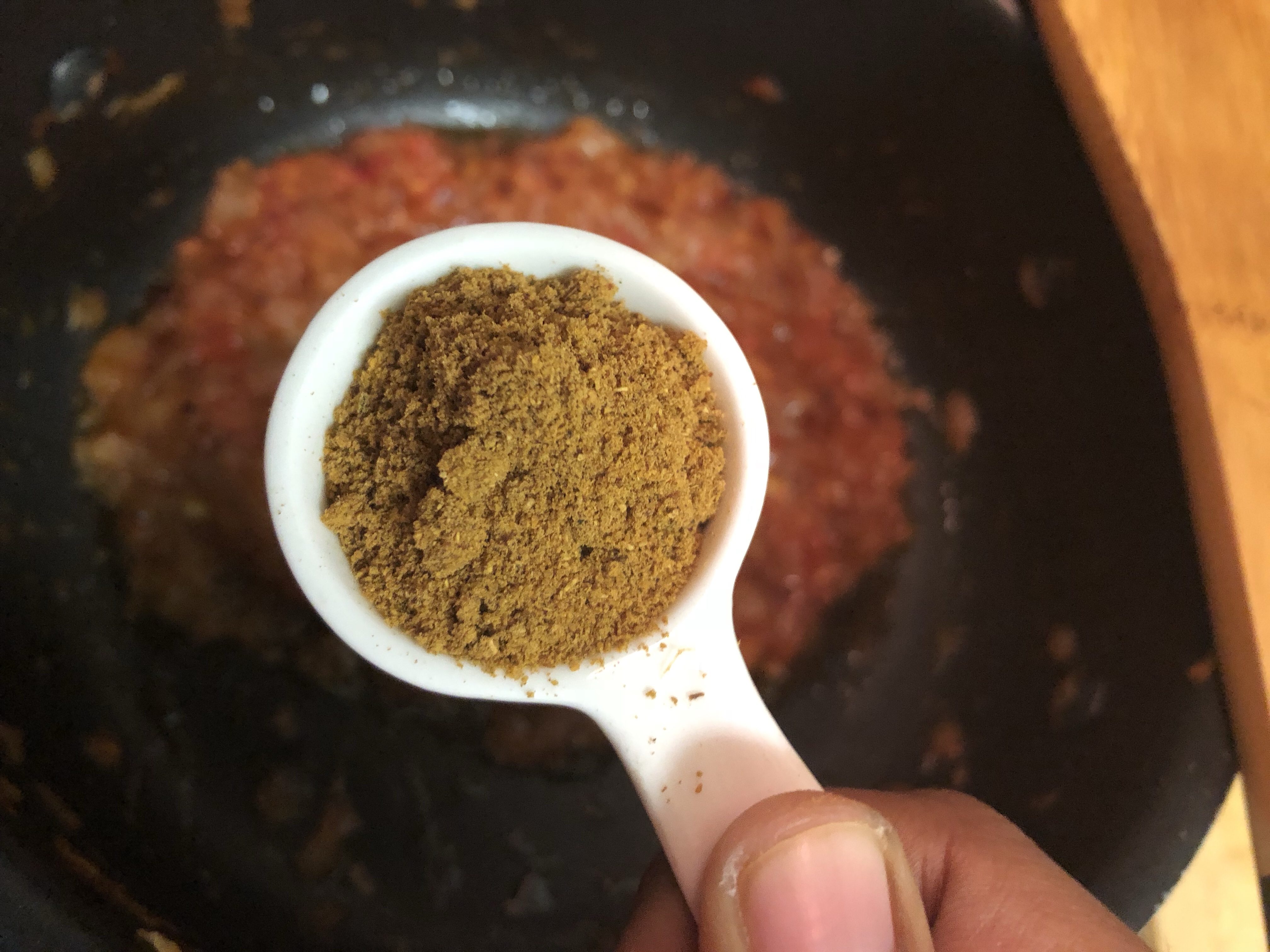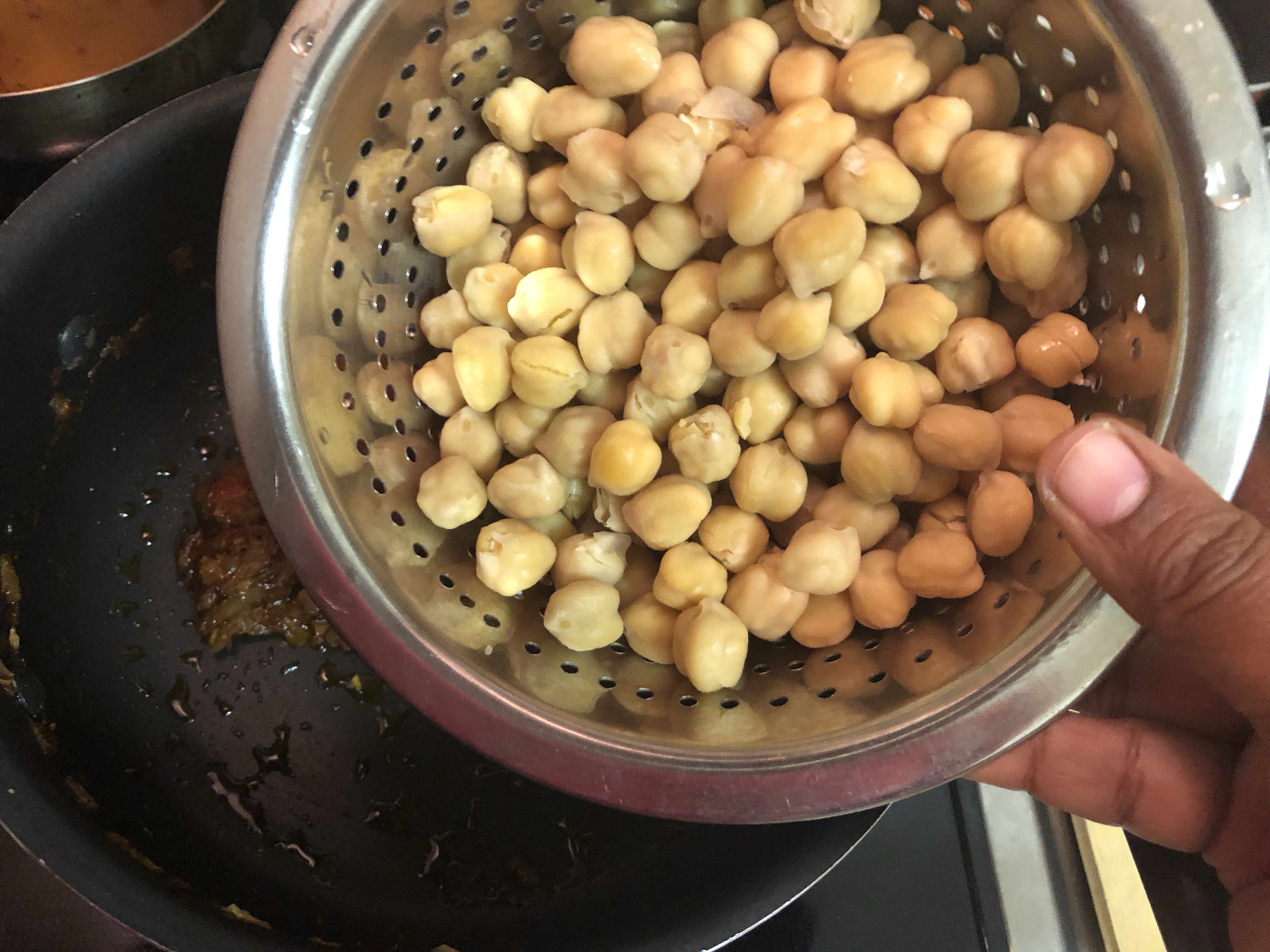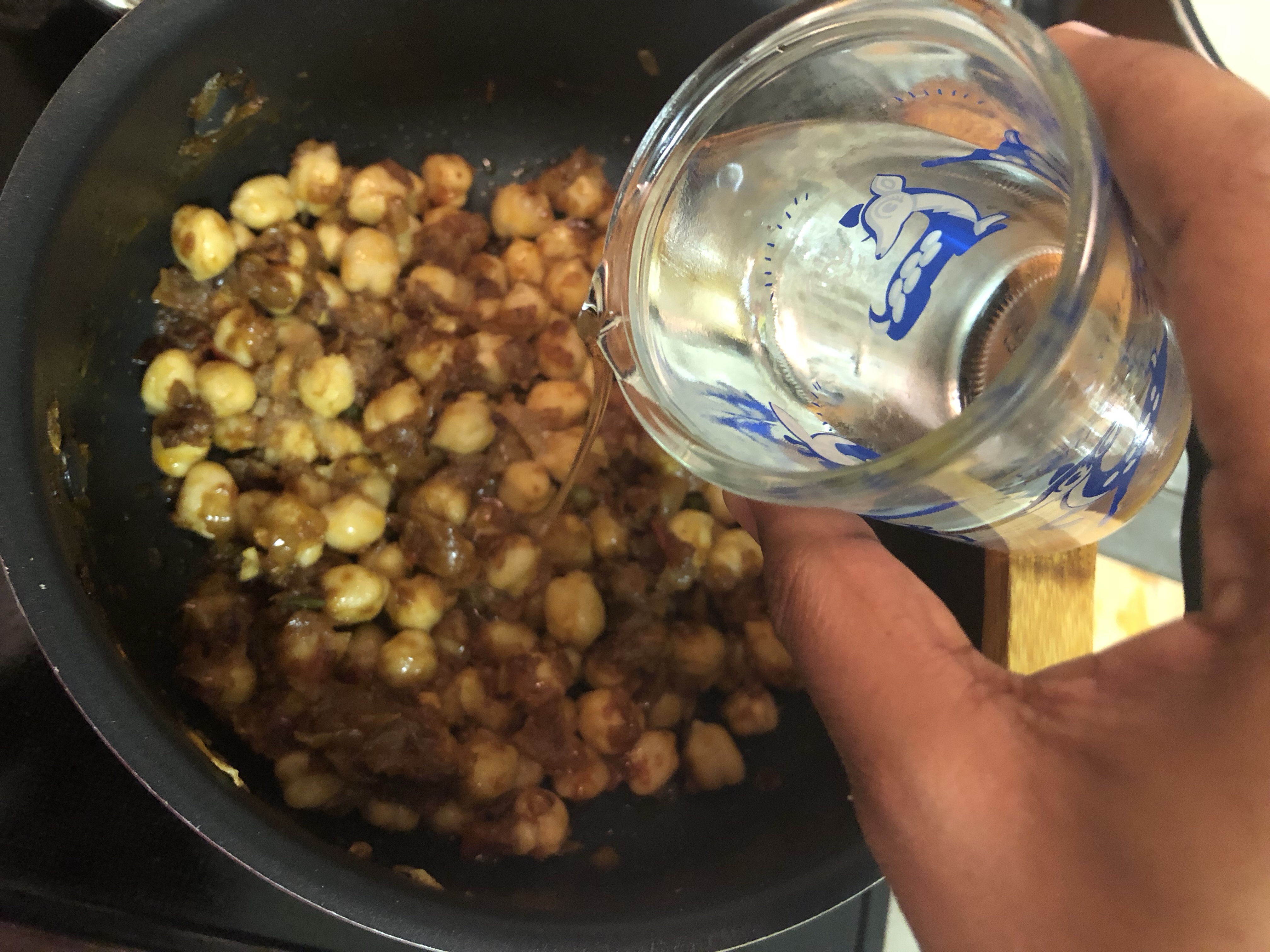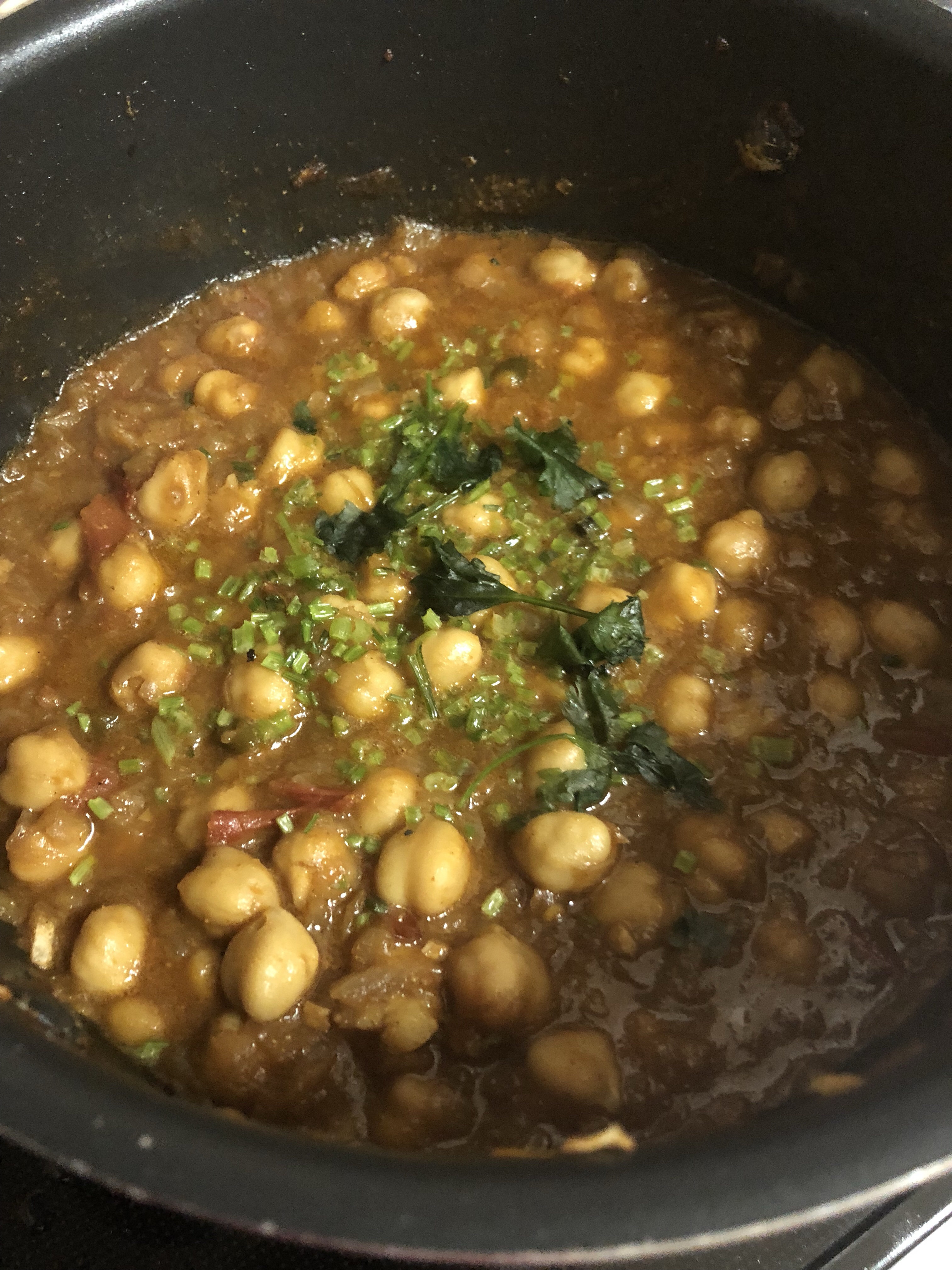Perfectly cooked Rice flavored with urad dal and Fenugreek. Enjoy these aromatic Ulundhanchoru (Urad dal Rice) with mutton curry or any curry or lentil.
This particular recipe is a popular South Indian dish from Tirunelveli where Black Lentil (Urad Dal) is combined with rice to make a hearty dish.
Minimally spiced, easy to put together with few ingredients, its a complete protein meal. The simplicity of this dish makes this a winner in my eyes.
My mom would always make Ulundhanchoru for a non-veg treat at home, so I always prefer this rice over plain rice on such days. So this recipe has been in my repertoire and makes for a great lunch box option along with non-veg curries or just as it is, along with a vegetarian side dish.
While you can use Whole Urad Dal, split or skinned for this recipe – I would recommend using whole black lentil for absorption of the nutrients & the taste. As I haven’t been able to get whole black urad dal here in Japan, I’ve made it with skinned ones. But I highly recommend trying it out with whole ones. Oh..and add a sprig of curry leaves while sautéing this Rice and you will love the aroma of it.
Ulundhanchoru is so much more flavorful. Goes well with any side dish, but eating it with Mutton Curry gives an optimal boost. The vegetarians serve it with Ellu Thuvaiyal (Sesame Chutney) which is also an adorable combination. Here are some of the other recipes which pairs well with this rice,
Perfect for all those times when you are lack on time. Or when you just want to make nutritious. Or even when you want to make something special. It fits all the needs. And that’s what simplicity of this dish is all about 🙂 🙂 I know it sounds too much but trust me, this whole thing would take you just 20 minutes to put together.
Let’s start making these yummilicious Ulundhanchoru…
Ingredients
- 1 cup, Rice (any variety)
- 3/4 cup, Urad Dal
- 1 tsp Mustard Seeds
- 1 tbsp Fenugreek Seeds
- A sprig of Curry leaves
- Salt
- 3 1/2 cups, Coconut Milk (Thin)
- 1 tbsp, Coconut Oil
Cooking Instructions
- Rinse rice and dal together and set aside.
- In a pan or pressure cooker, add a tbsp of coconut oil. When hot, temper with mustard, fenugreek and curry leaves.

- Add the rice and dal mixture and fry until nice aroma wafts, almost a minute.

- Season with Salt. Add in 3 1/2 cups of thin coconut milk (1:2 ratio), you may add more if you like a mushier rice.

- Pressure cook for two whistles. (I’ve used an electric rice cooker today).
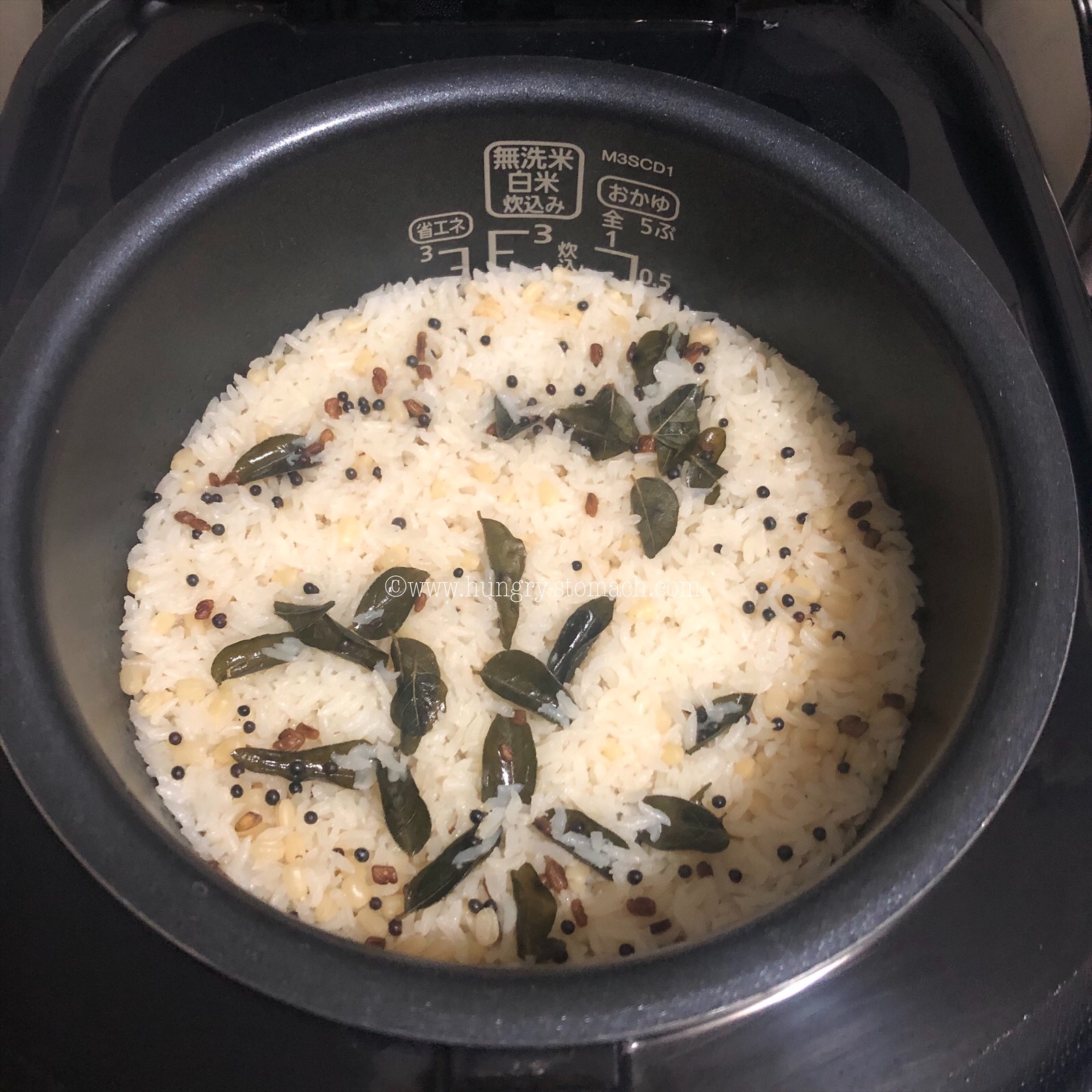
- Once done, serve hot with curry of your choice.

Special Notes:
- Coconut oil gives a nice flavour to the curry. If you’re not comfortable with the flavour, feel free to use any vegetable oil.
- Coconut milk makes the rice richer. Can be cooked with water alone.
- Seasoning with fenugreek and curry leaves elevates the taste. But add in moderation as it turns bitter when sautéed until brown.
If you like this recipe, Do not forget to leave a comment at the end of the post.
Did you make this recipe? If yes, do let me know how it turned out in the comments below. Do share a picture on instagram with hashtag #CookedFromHungrystomach and tag us @hungry.stomach.japan


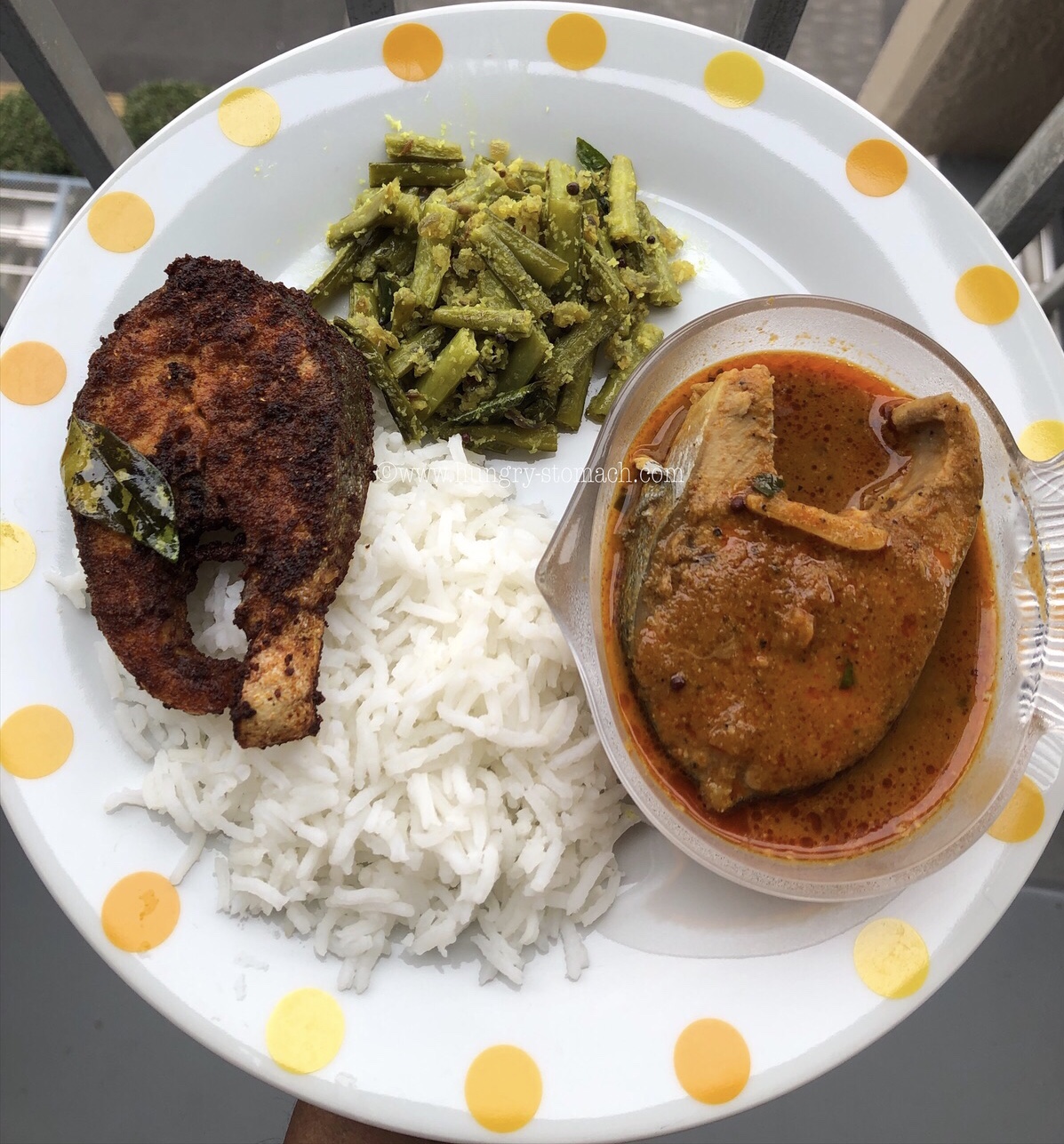


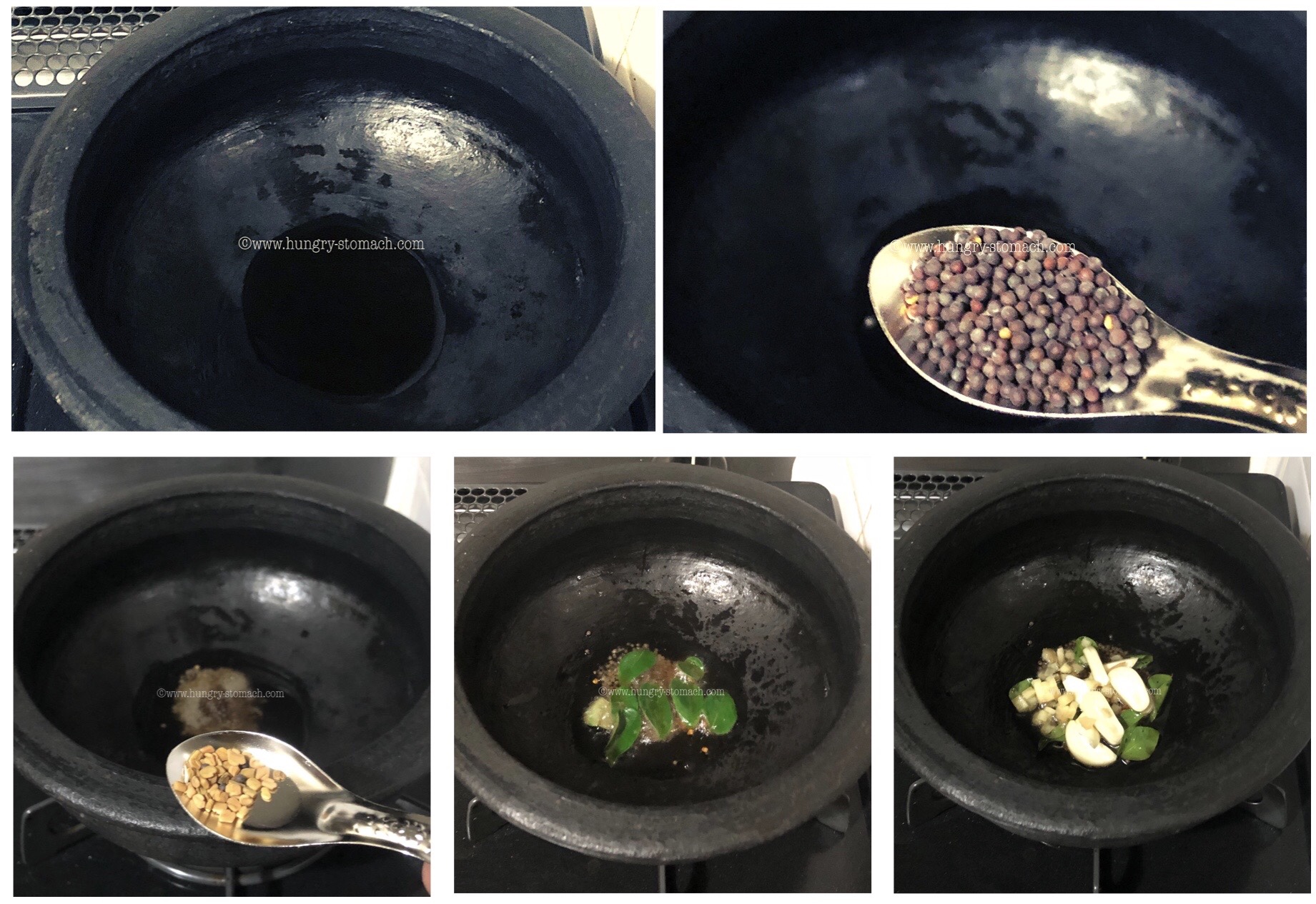





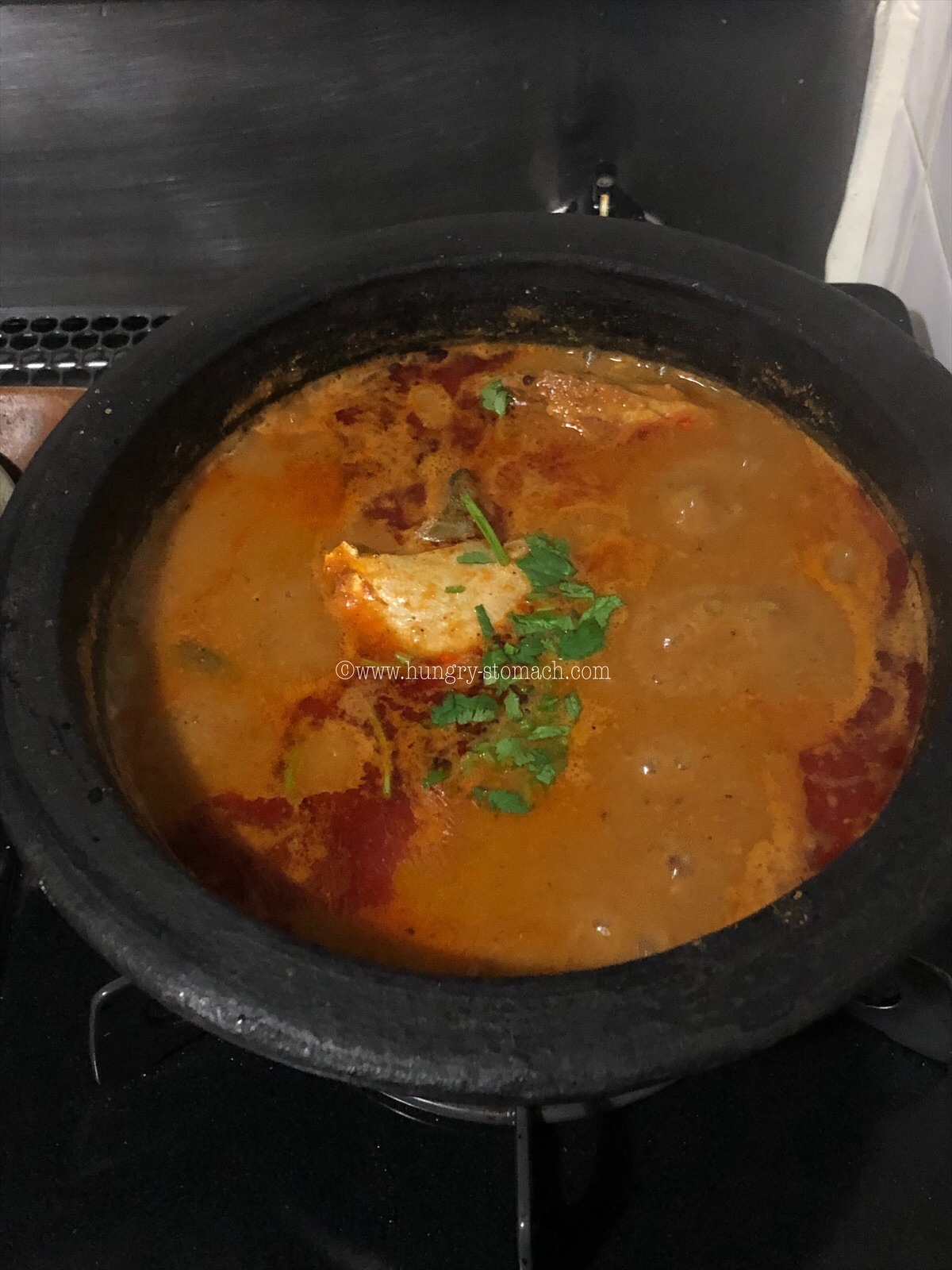
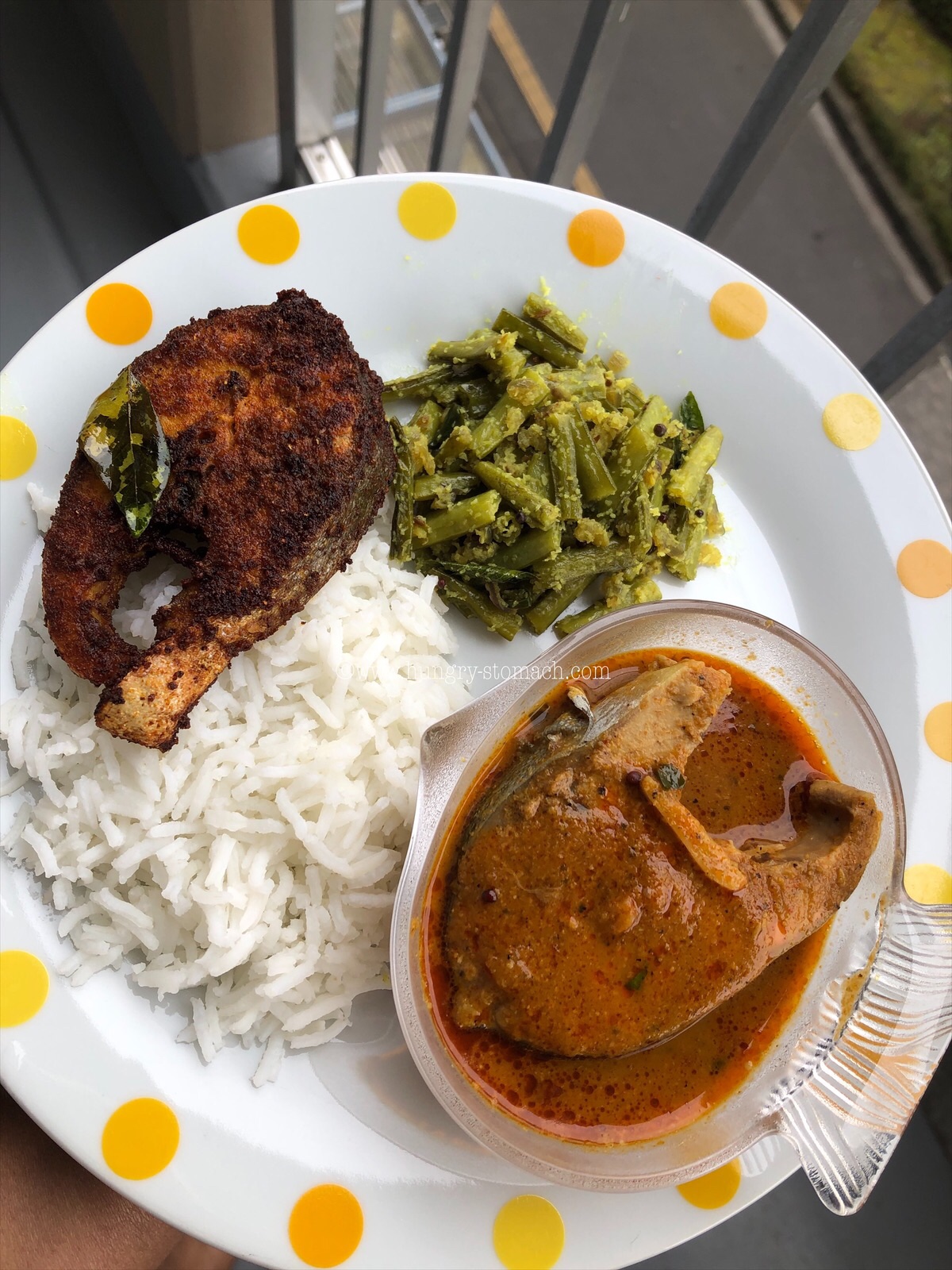



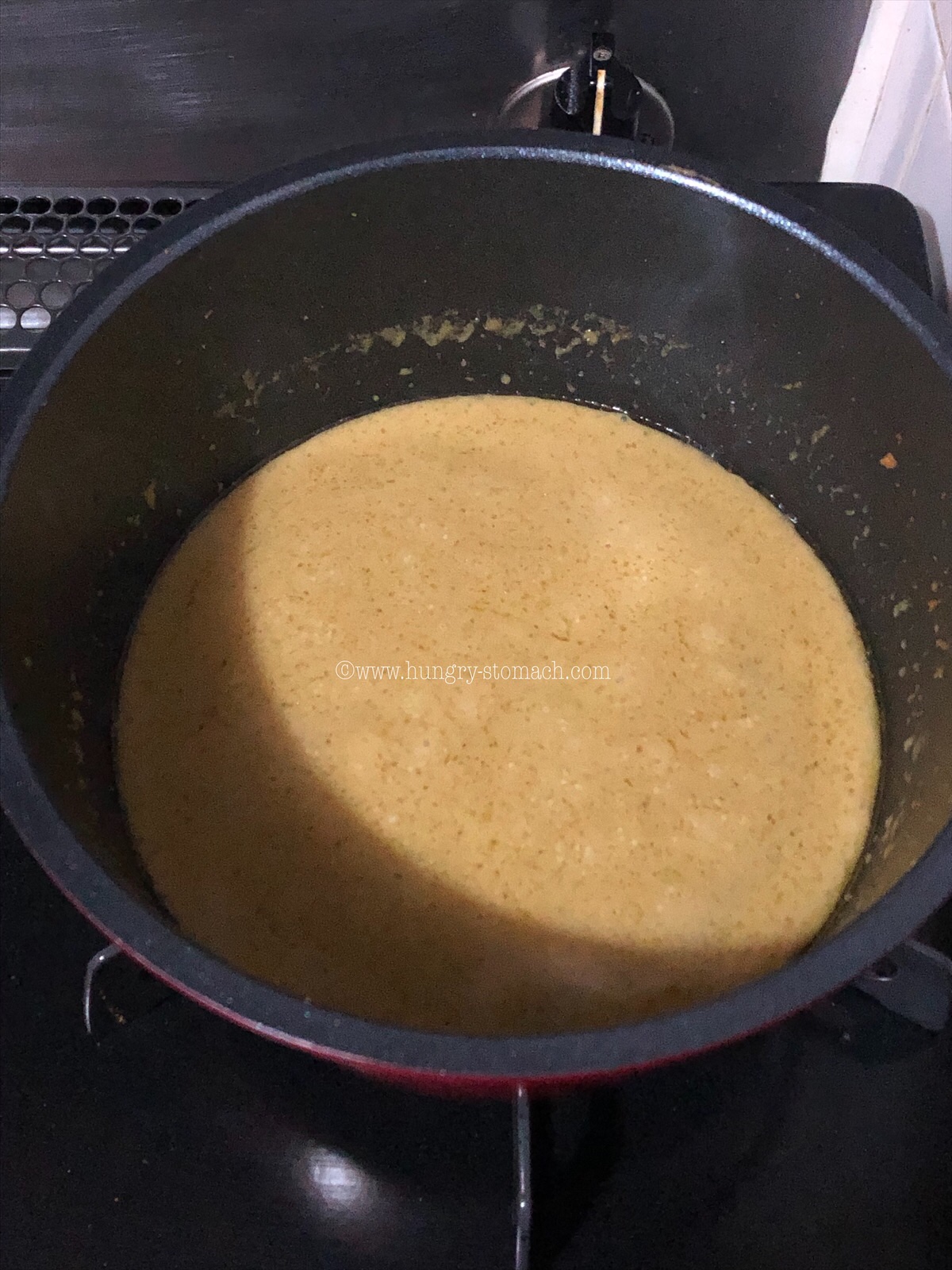
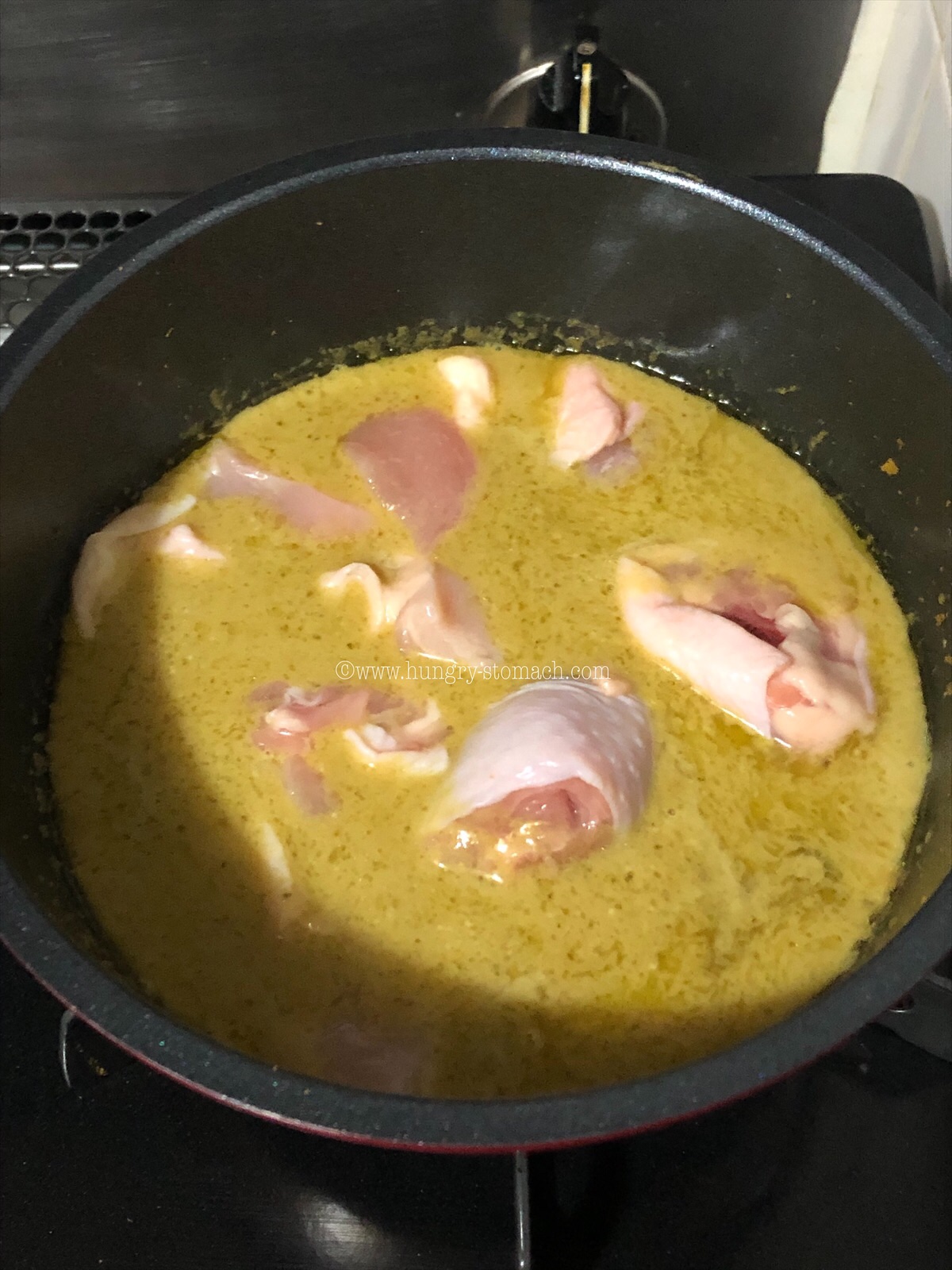
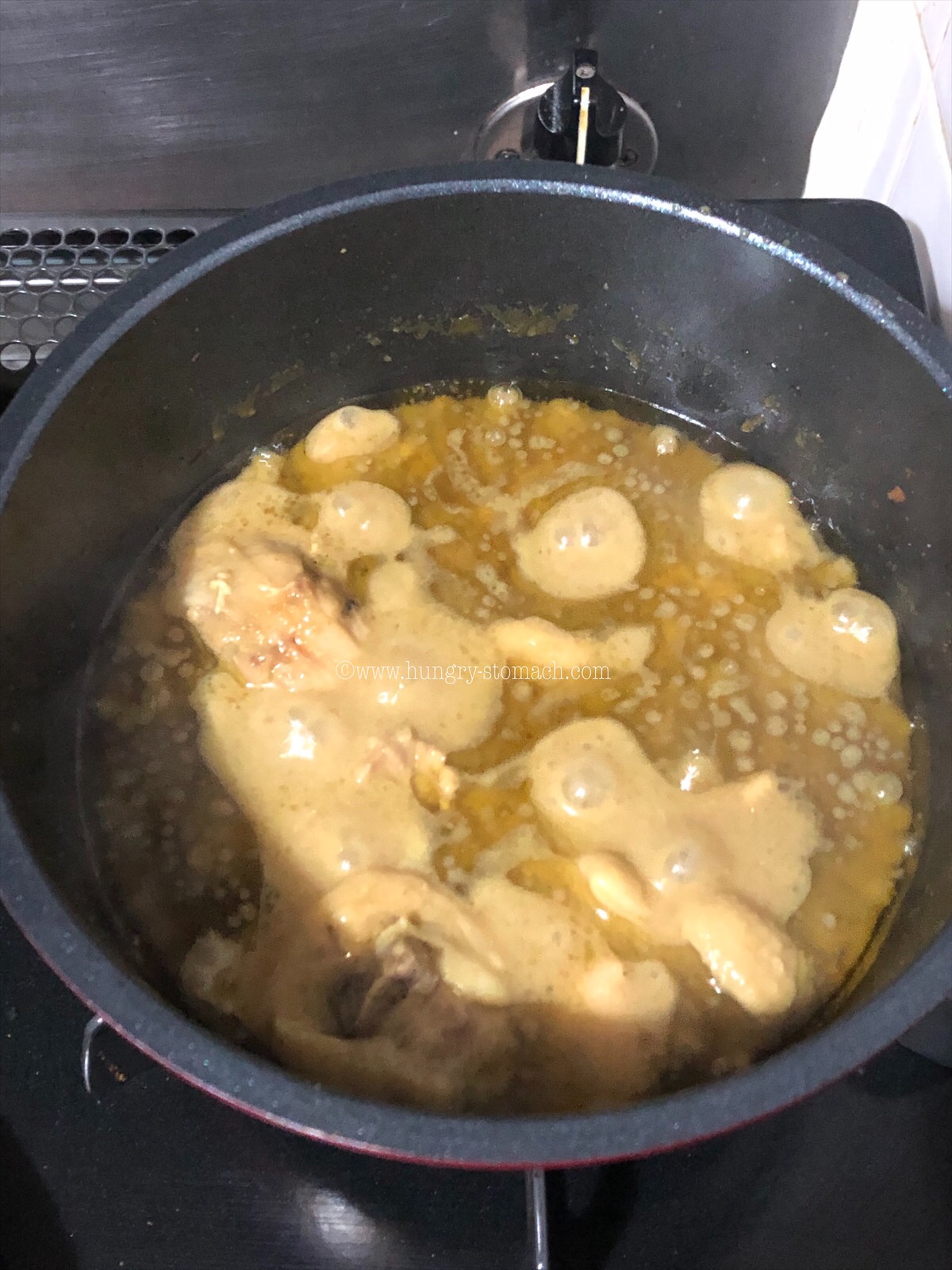



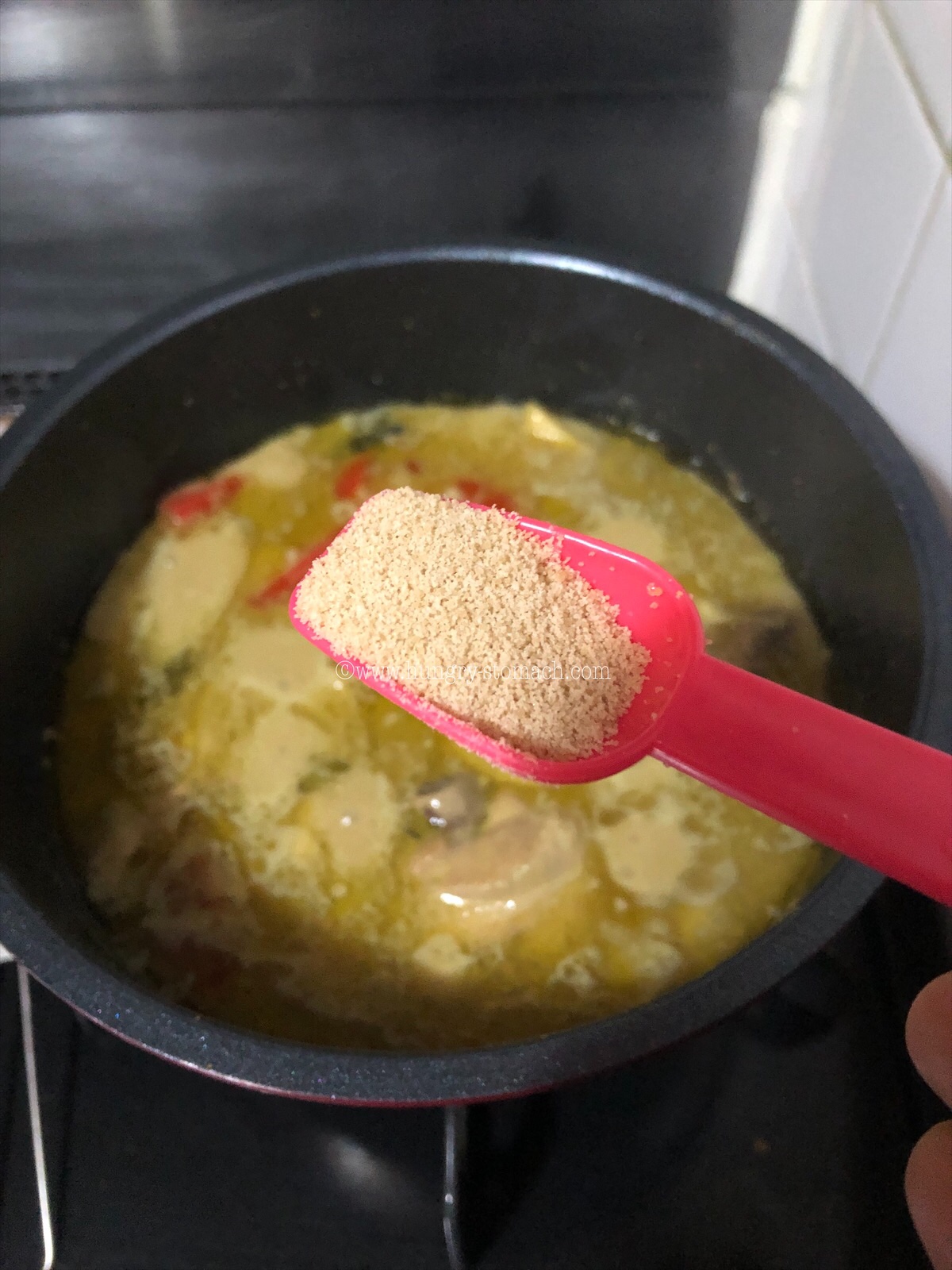
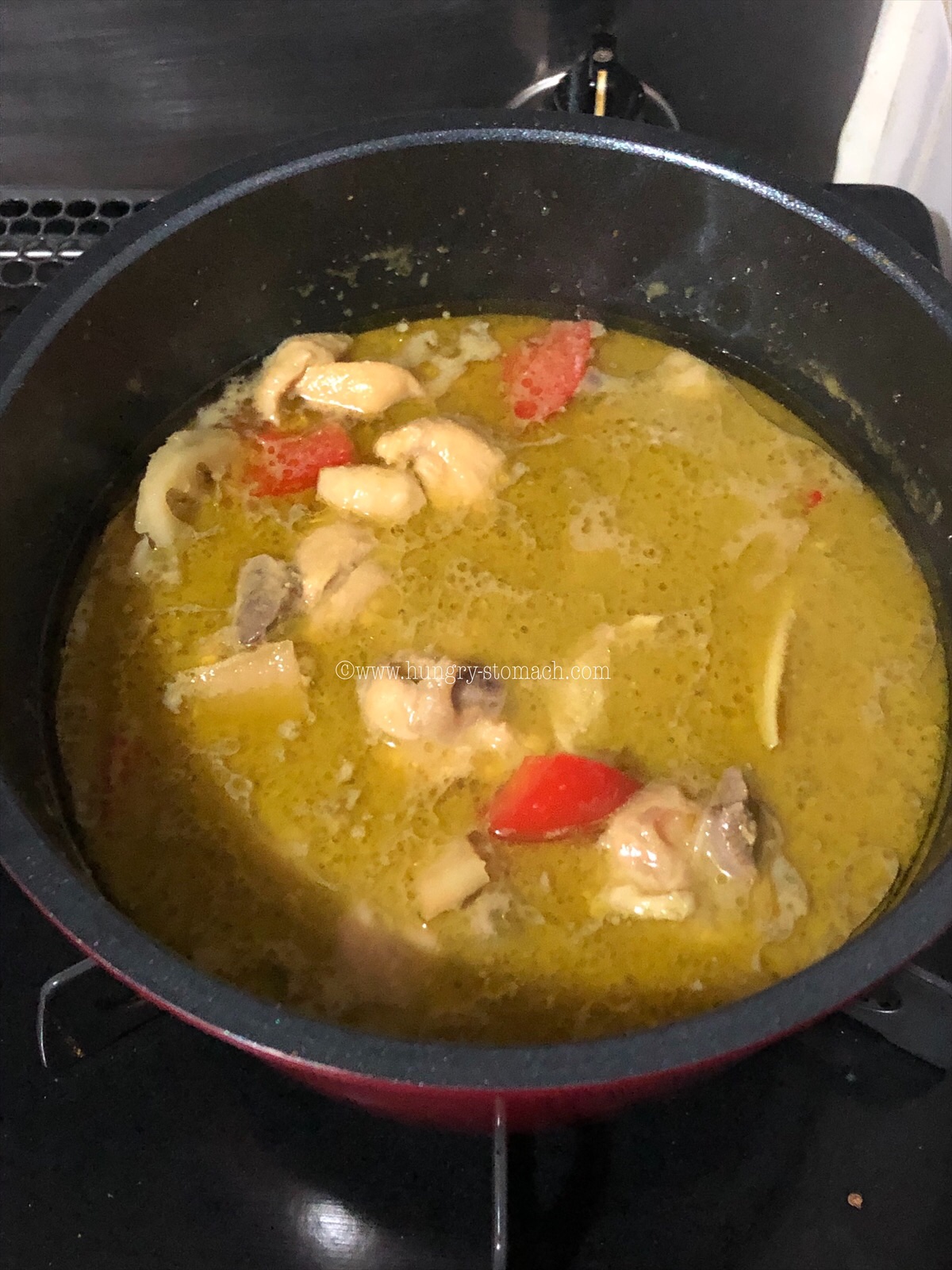


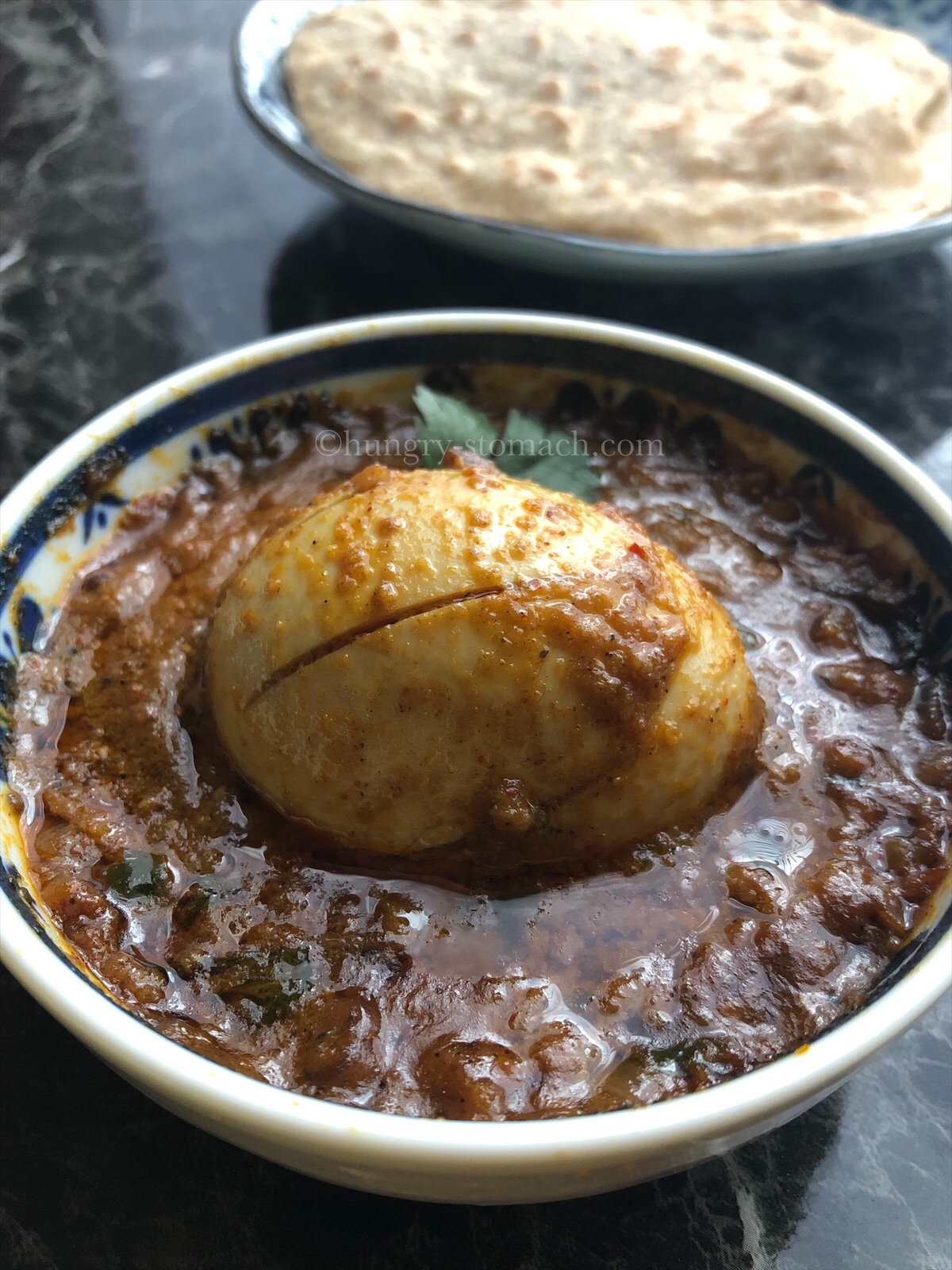


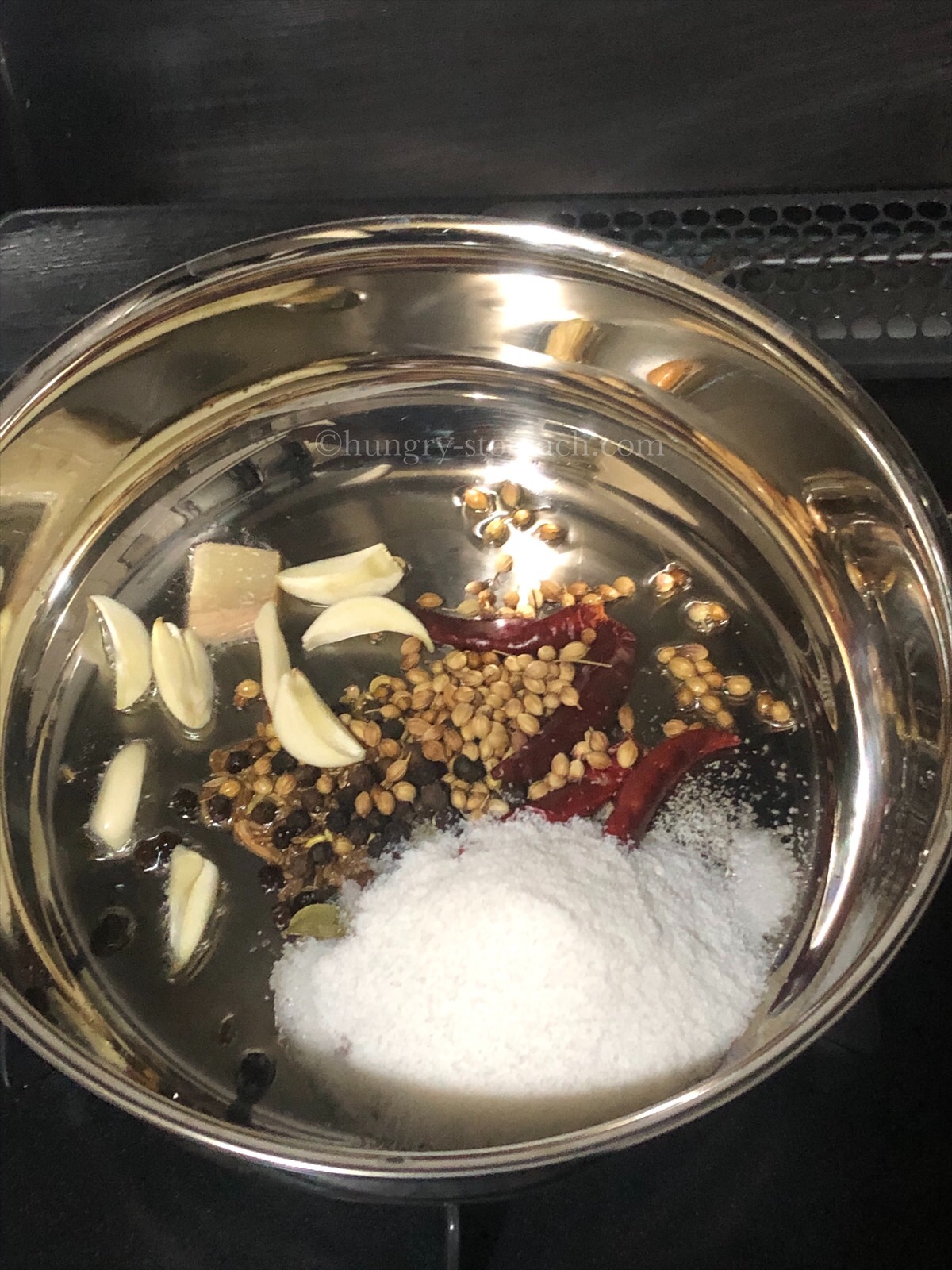
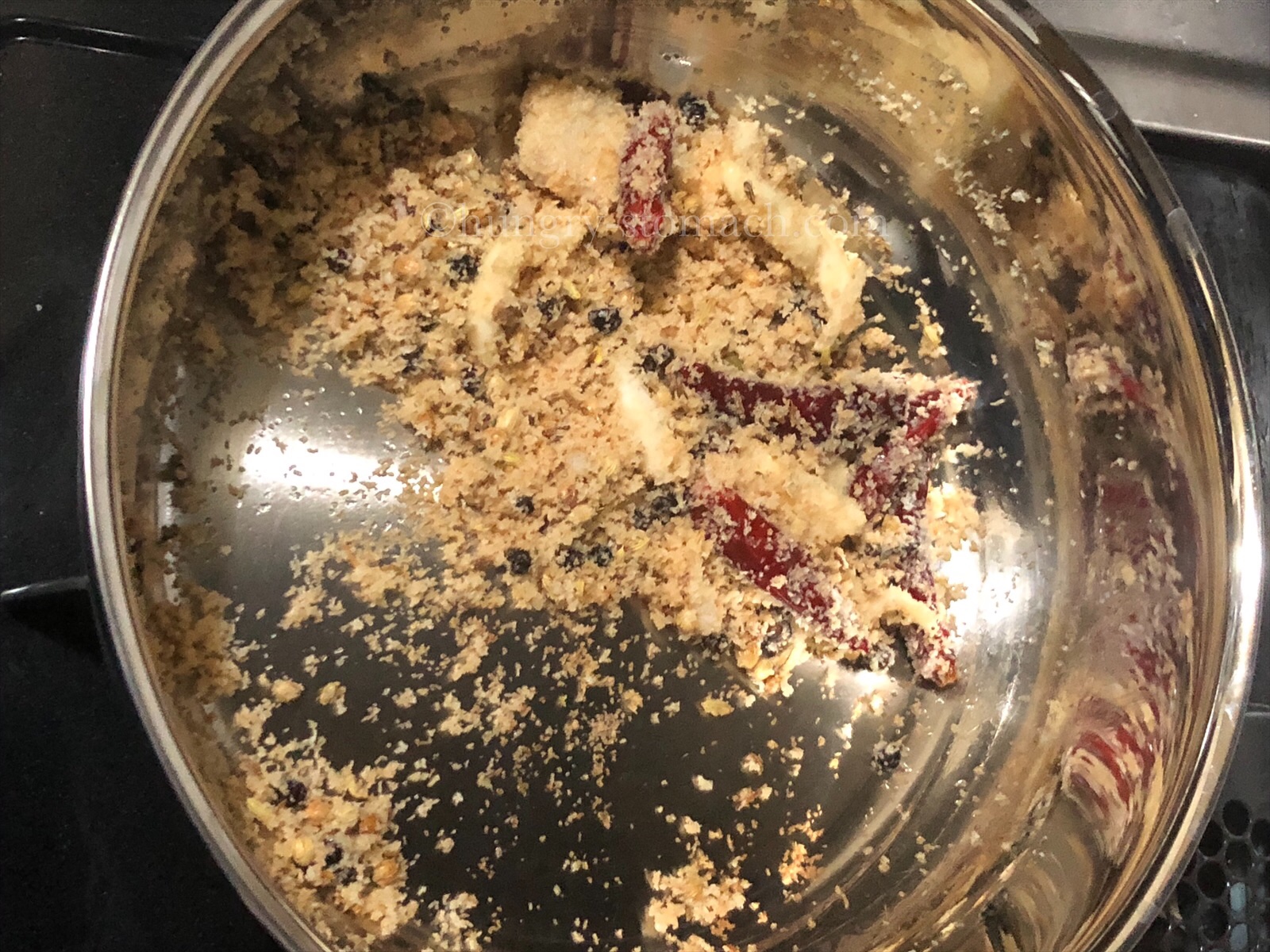 Remove and let it cool. Grind to a paste with little water.
Remove and let it cool. Grind to a paste with little water.

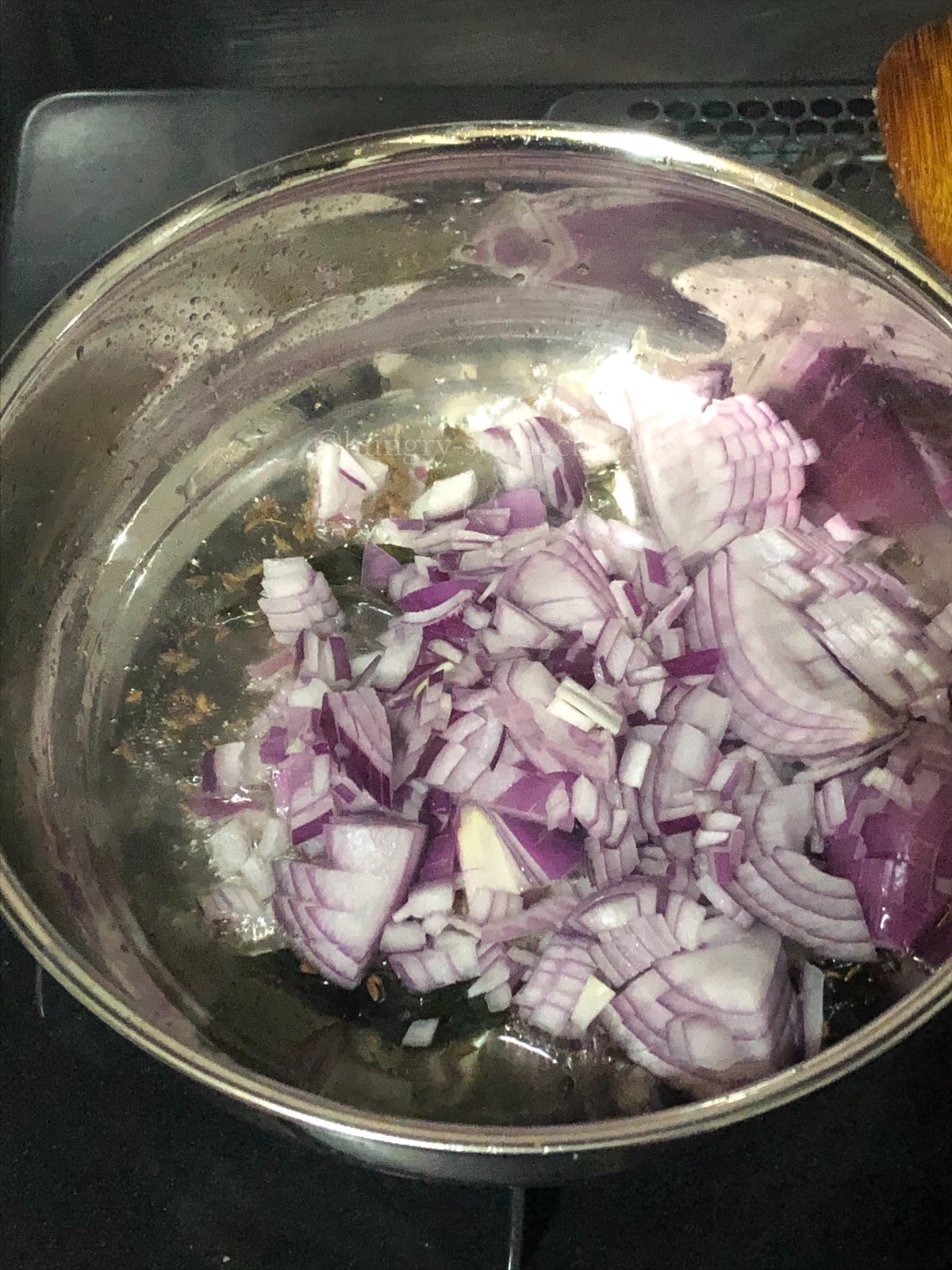


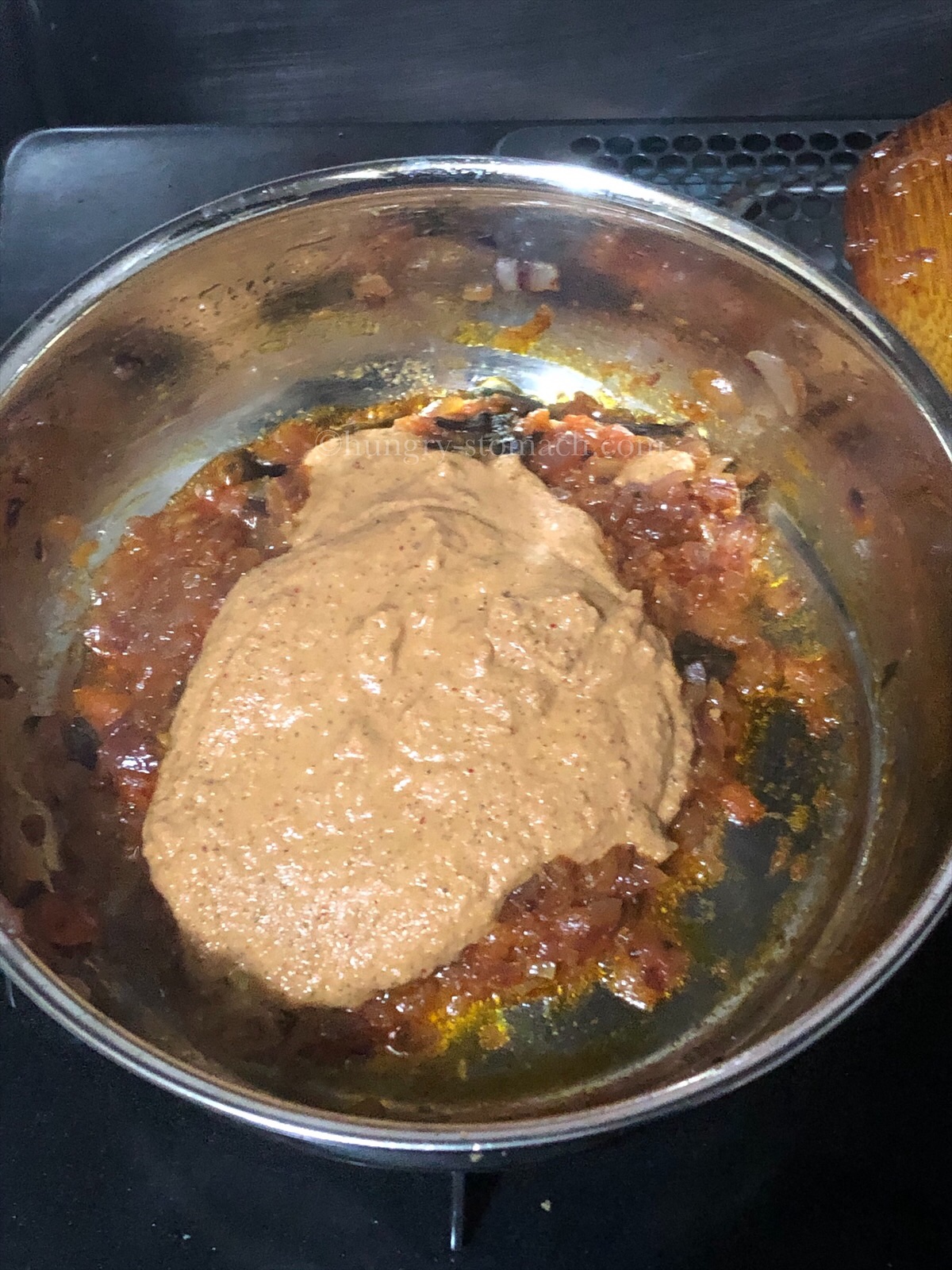
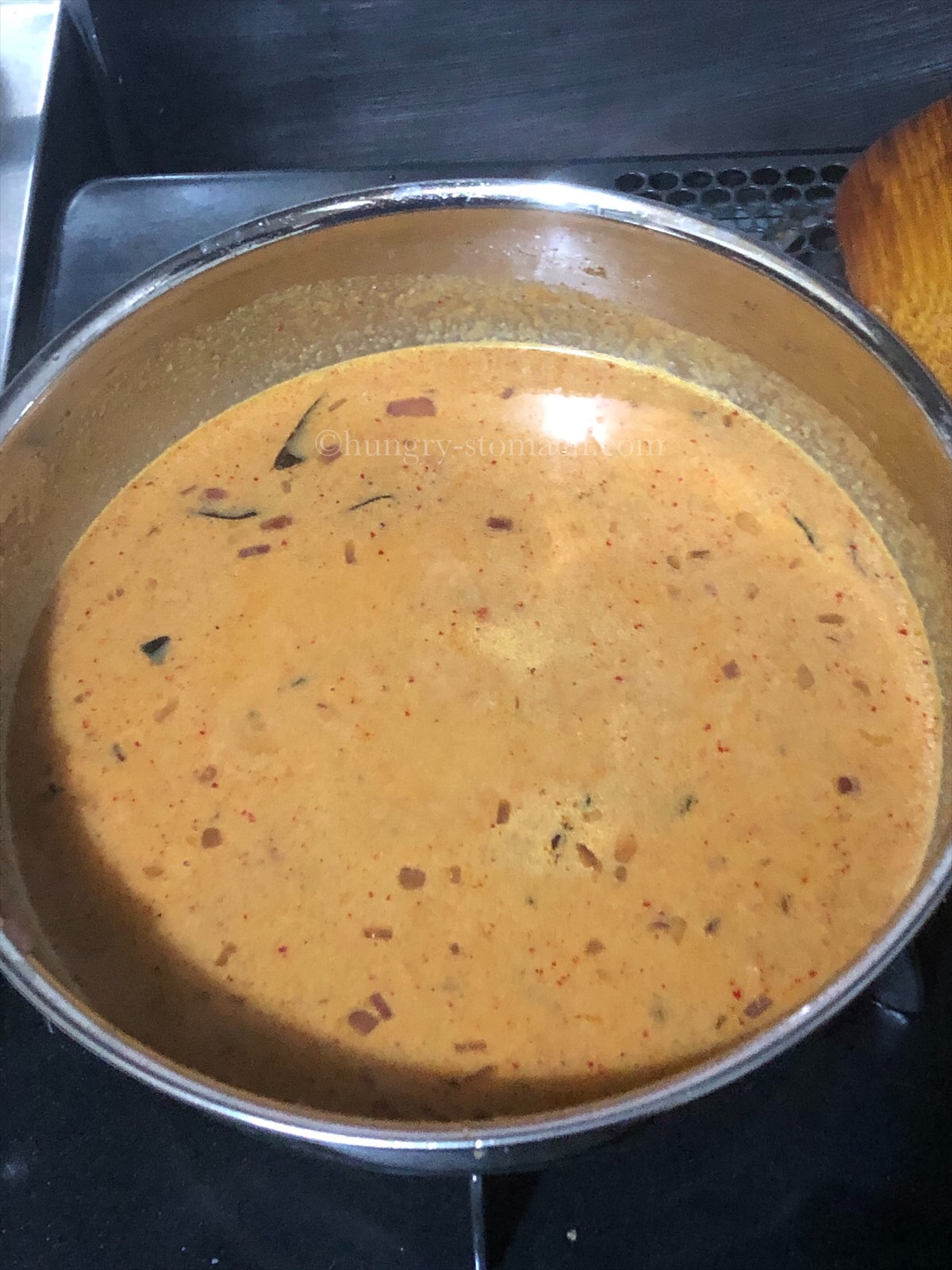

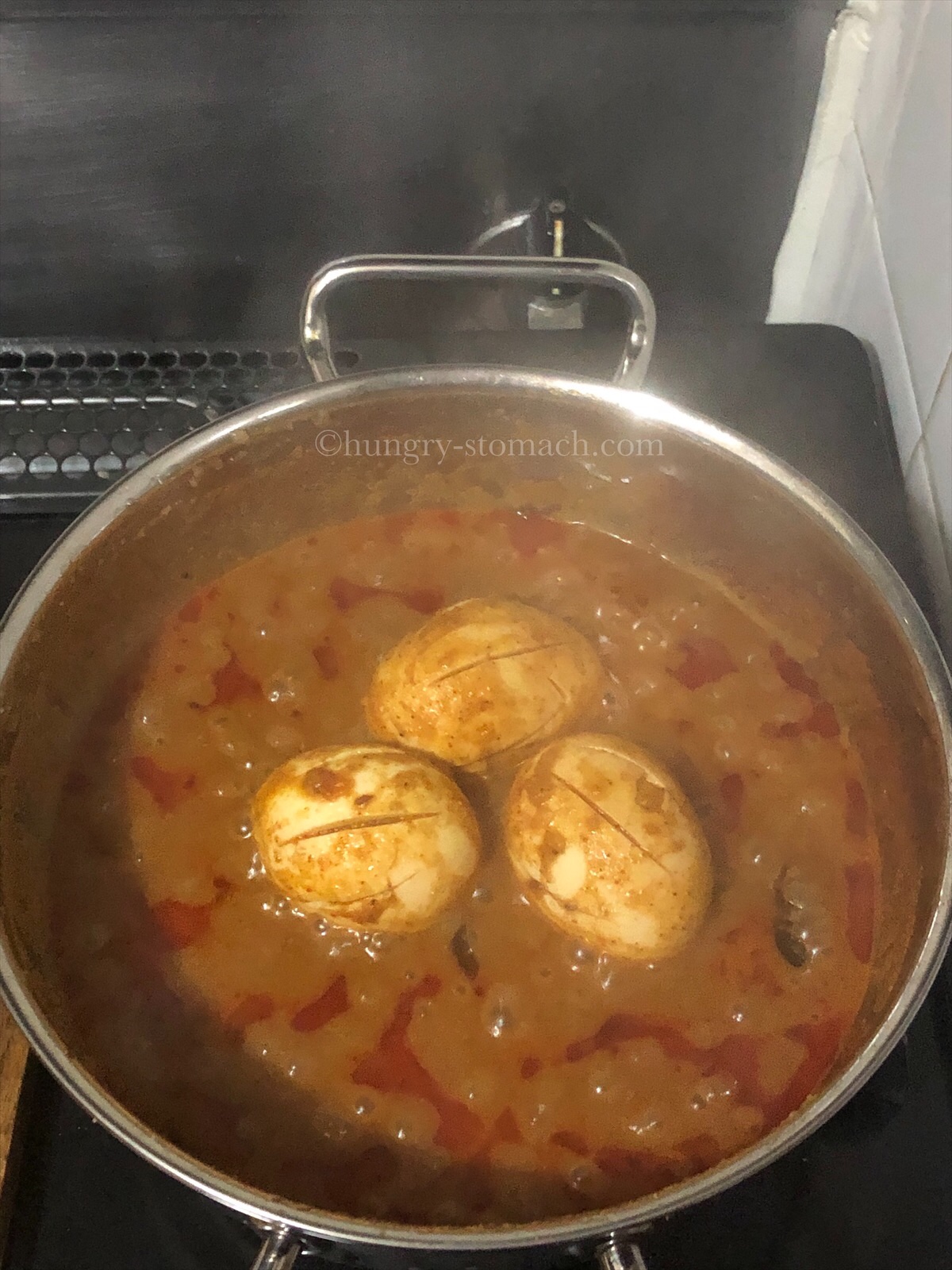
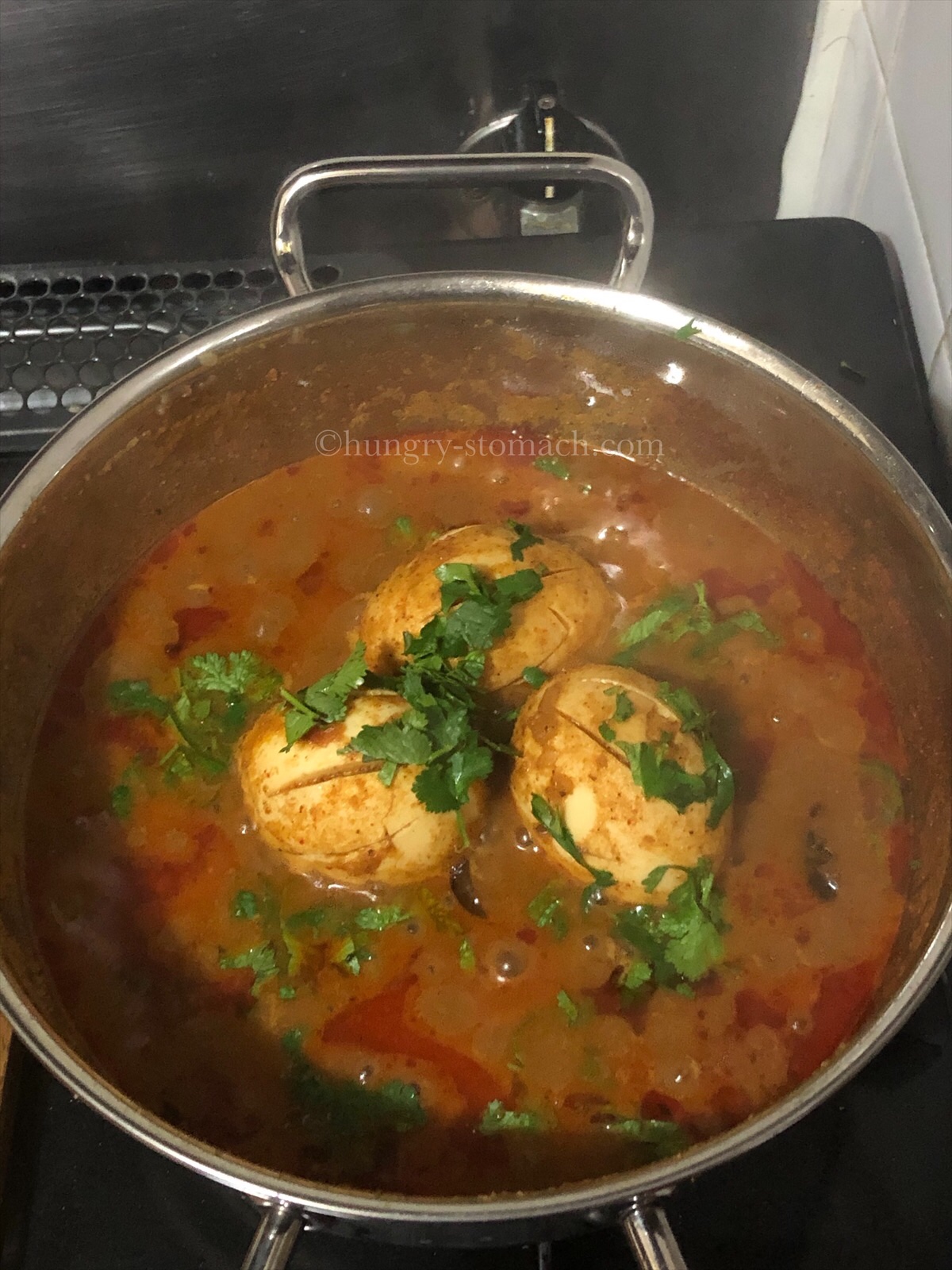


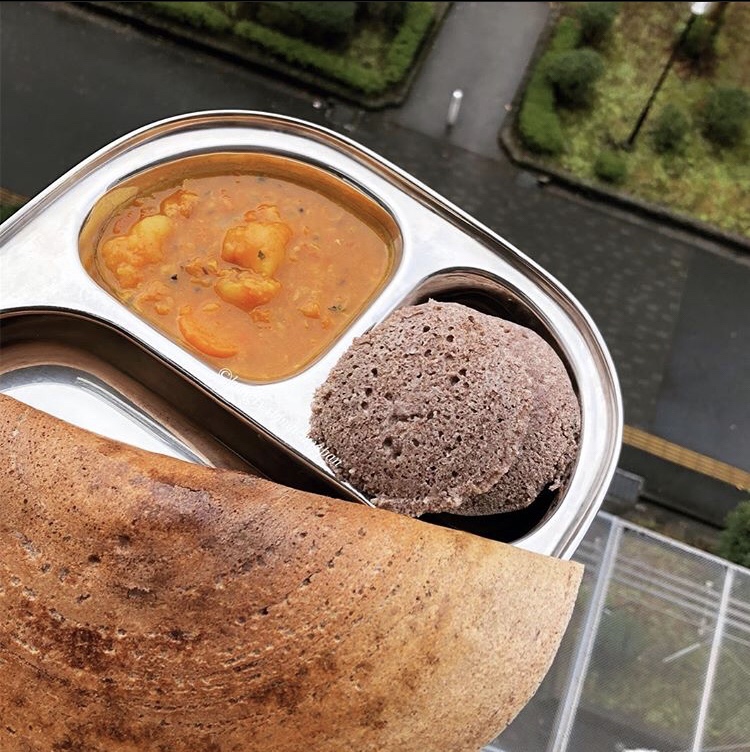
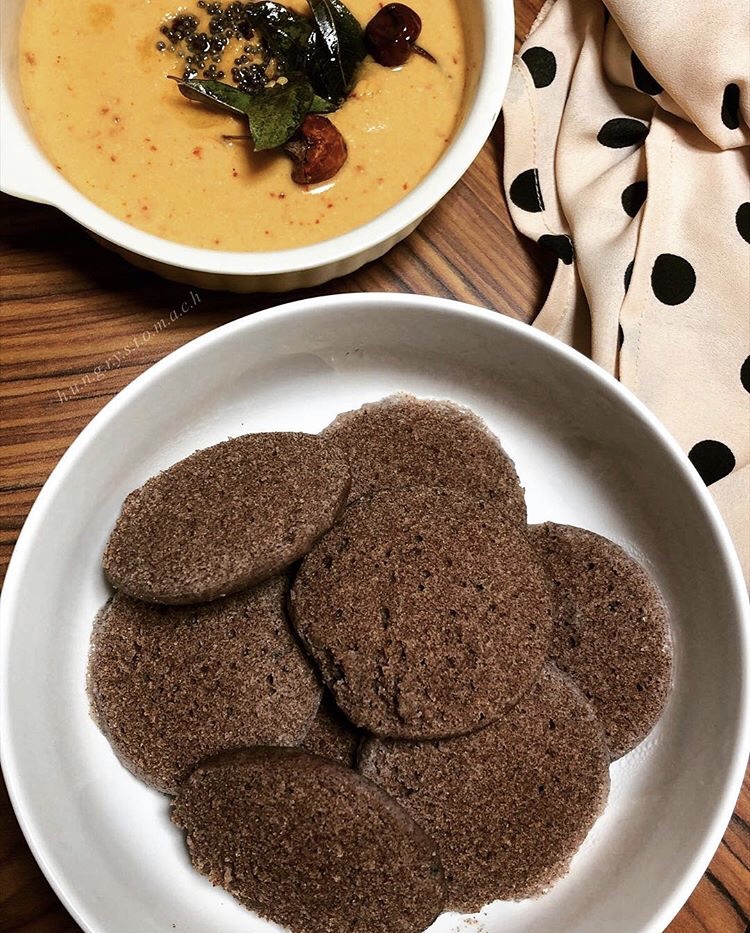

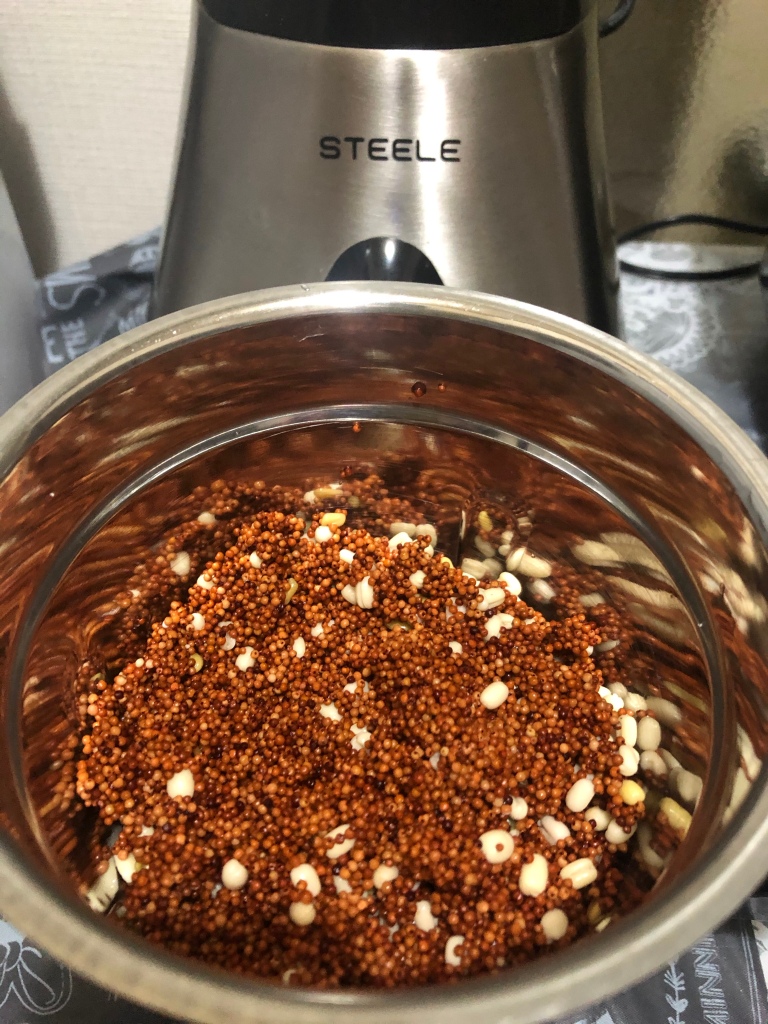

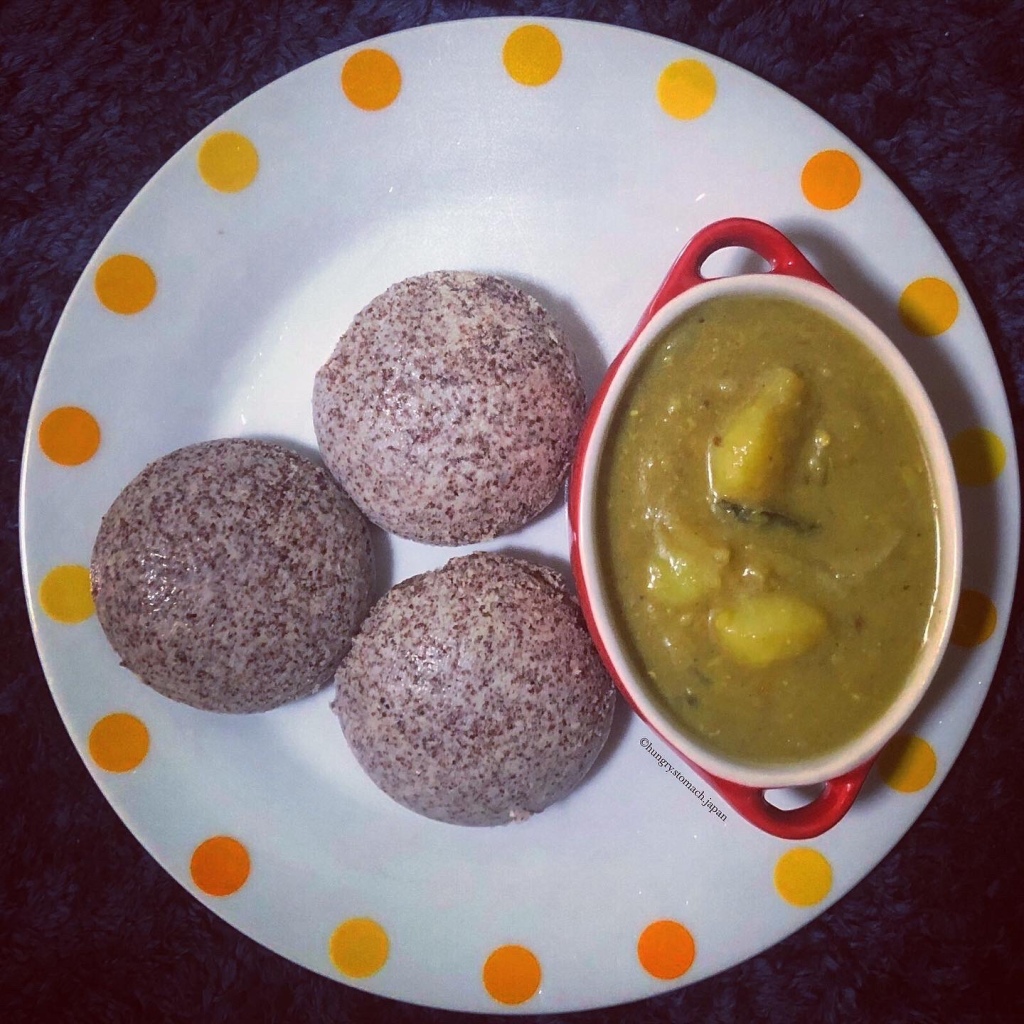






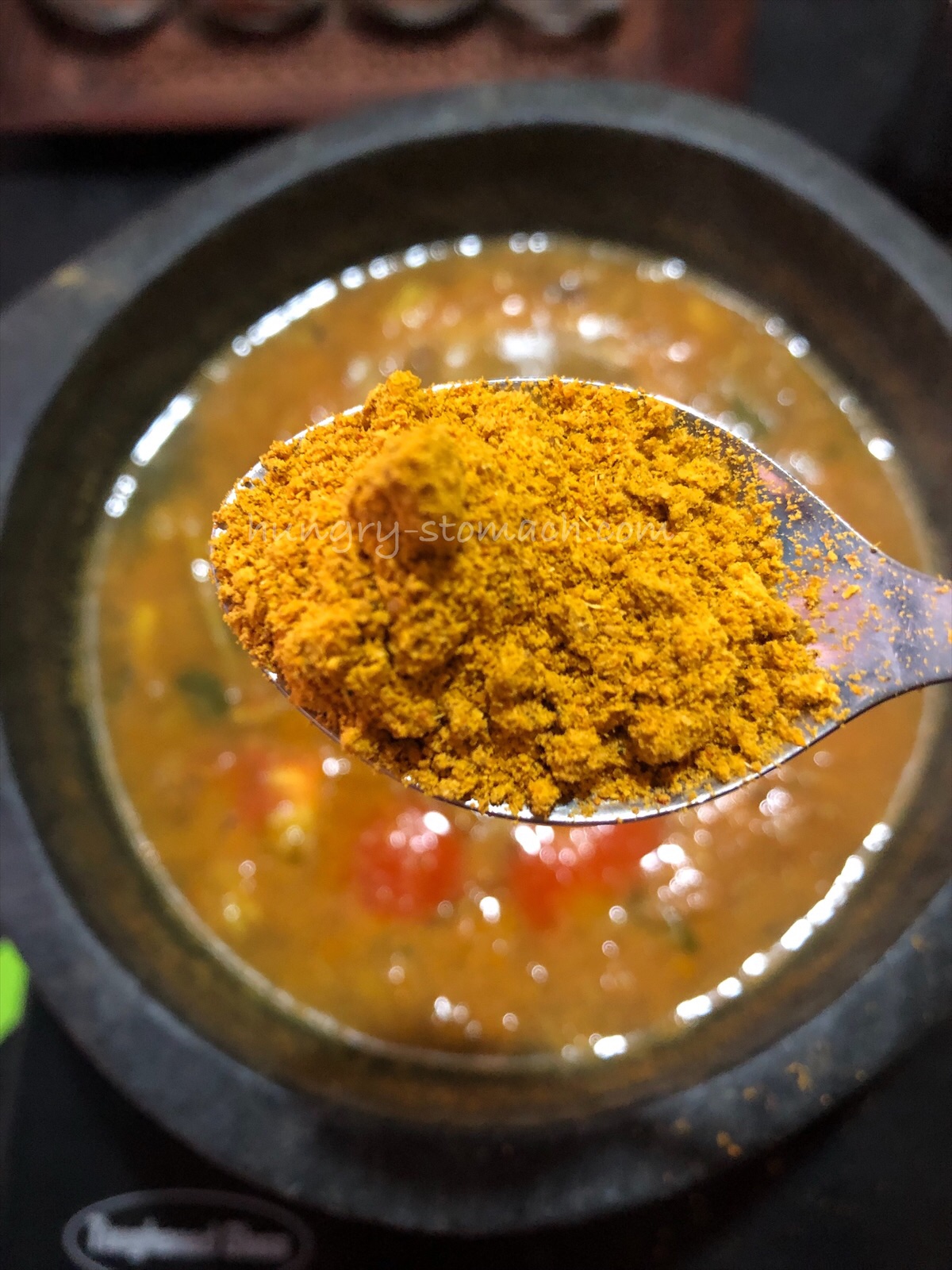




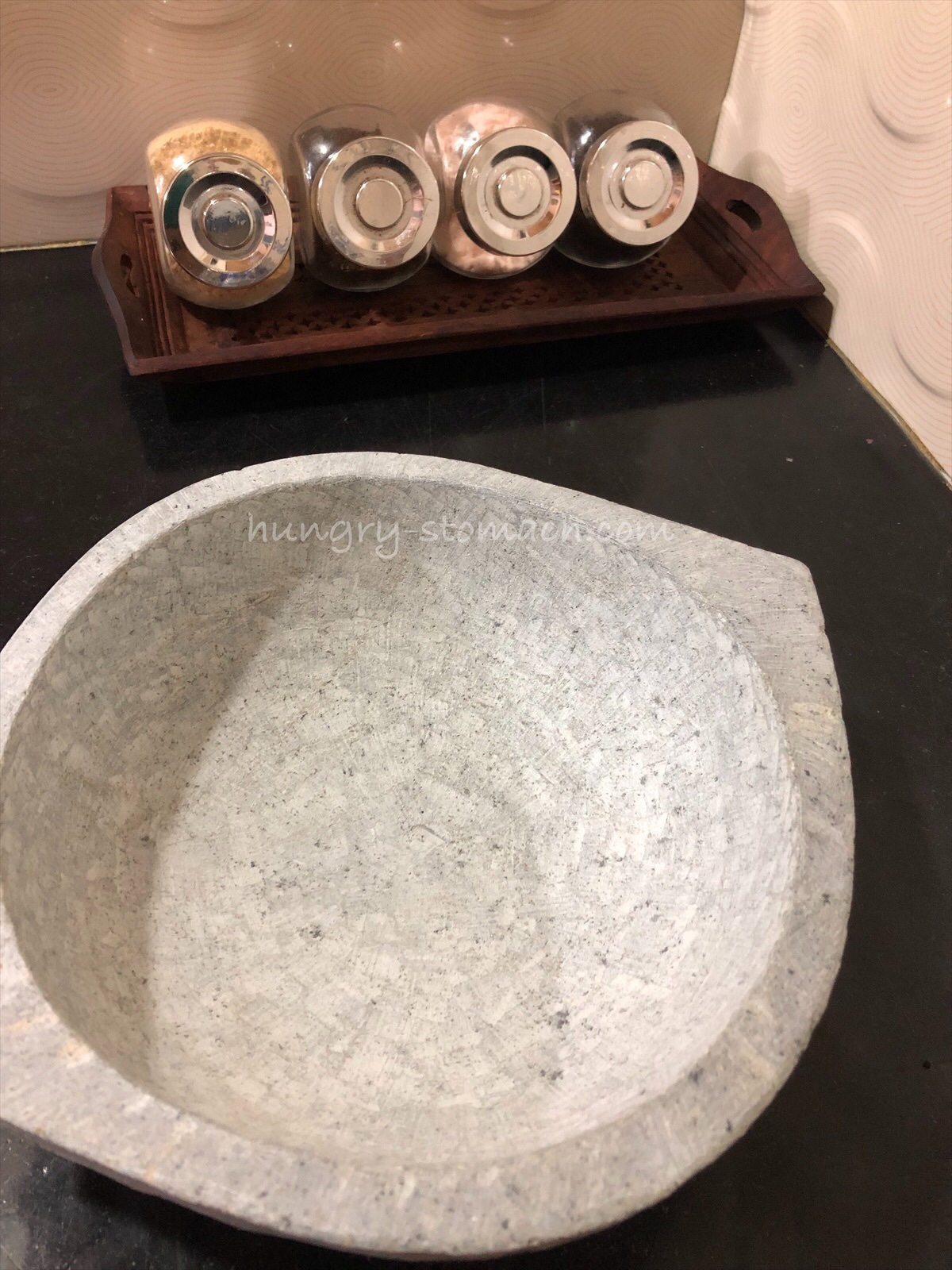
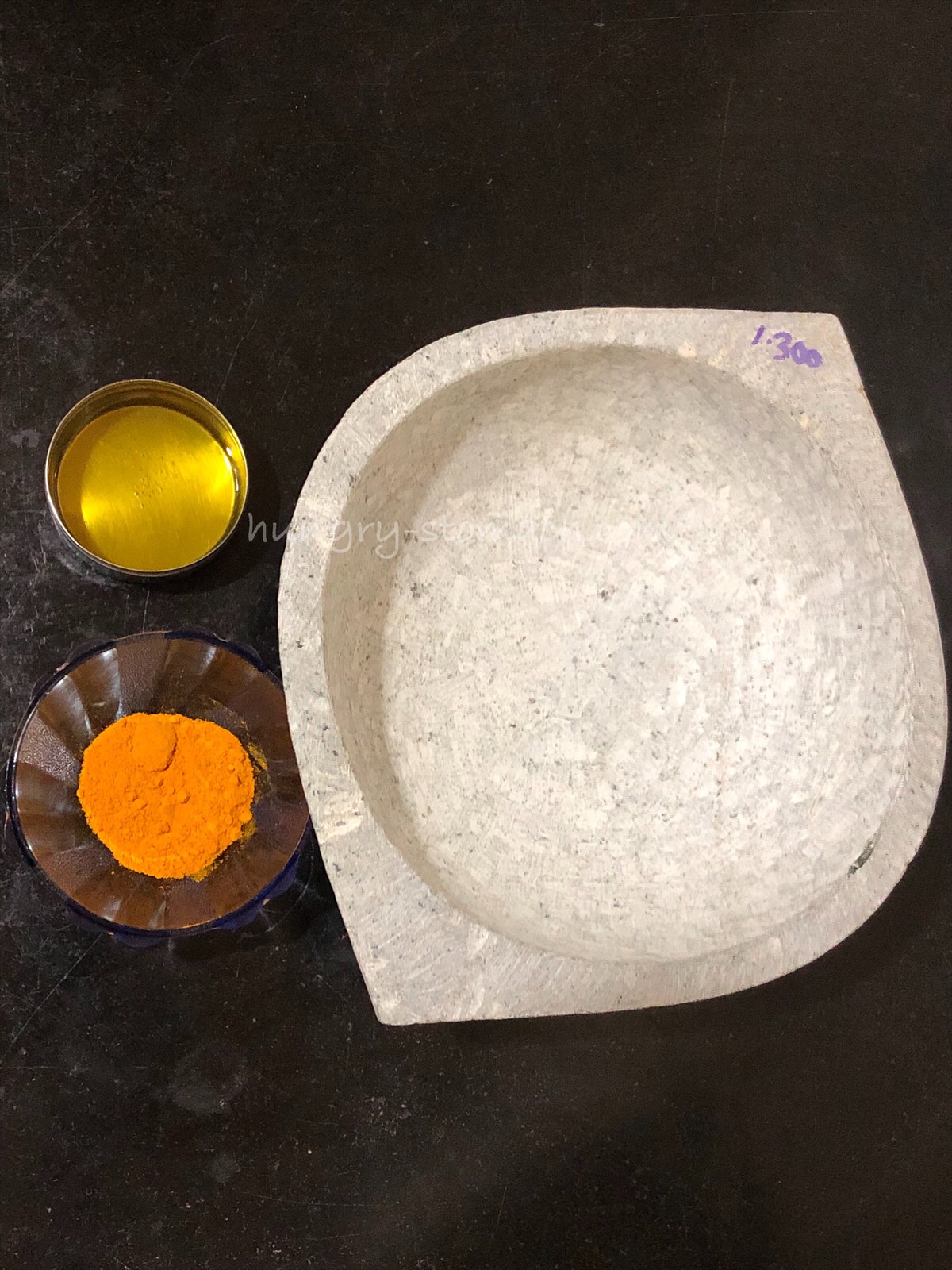


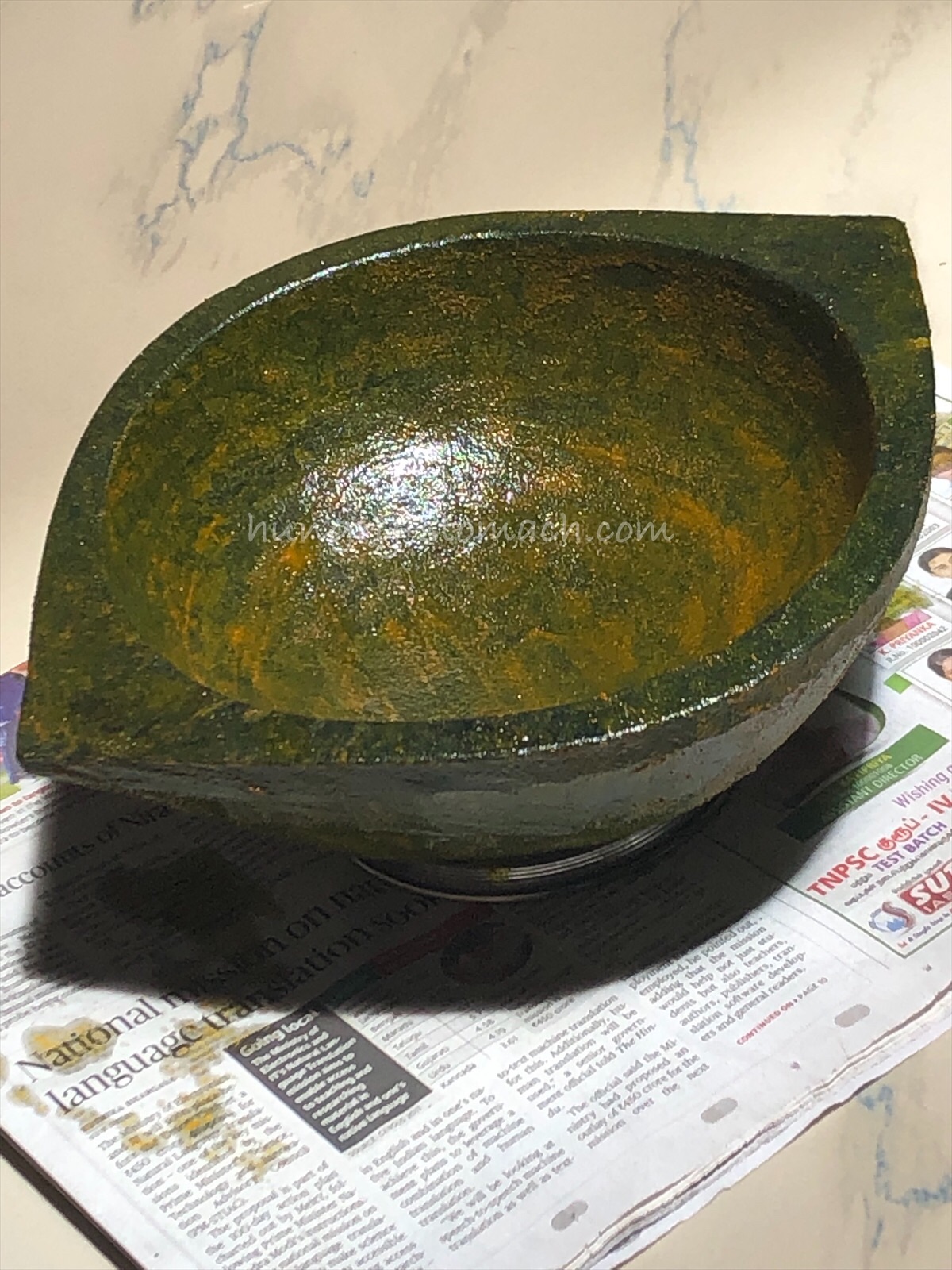
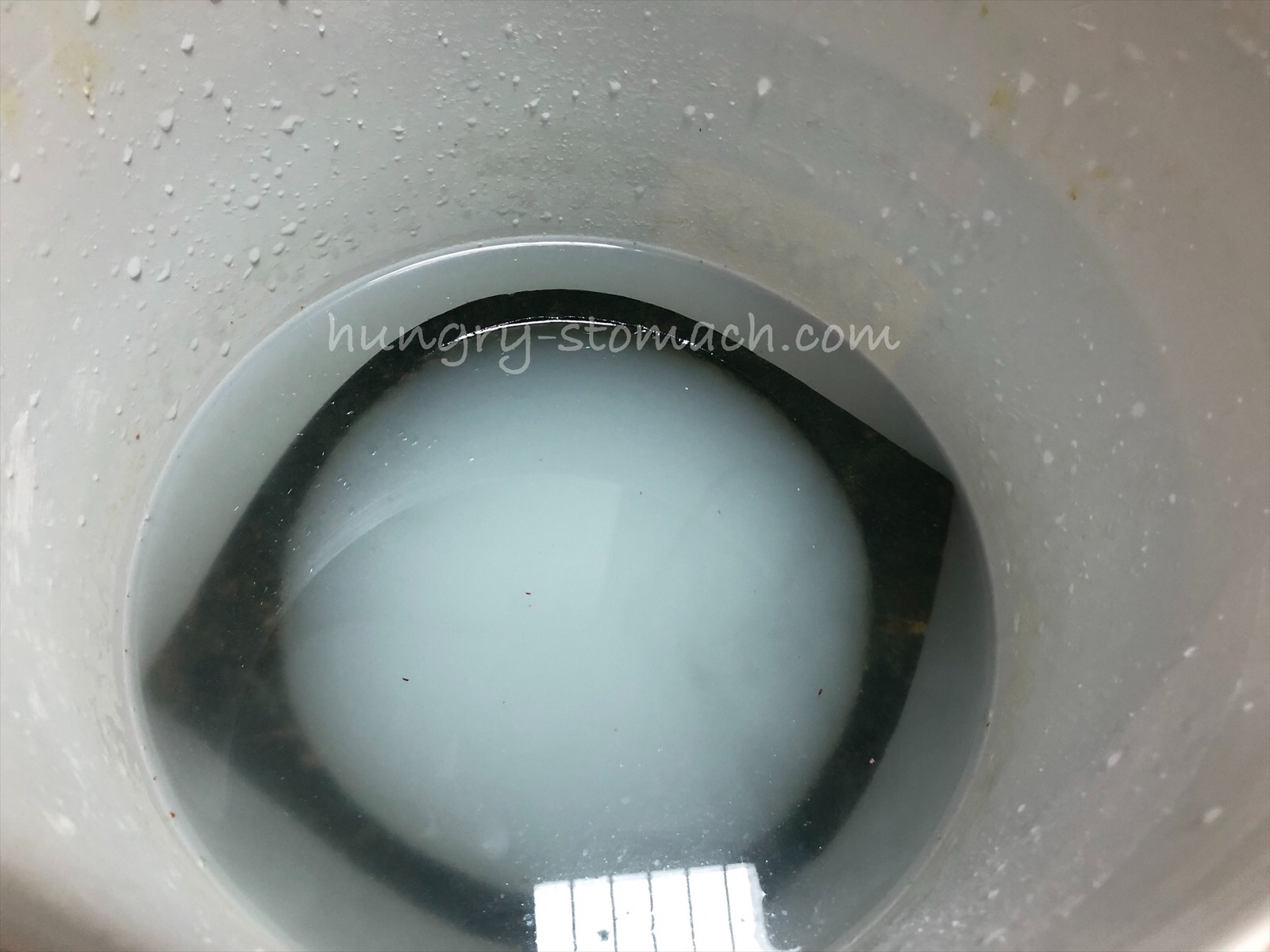


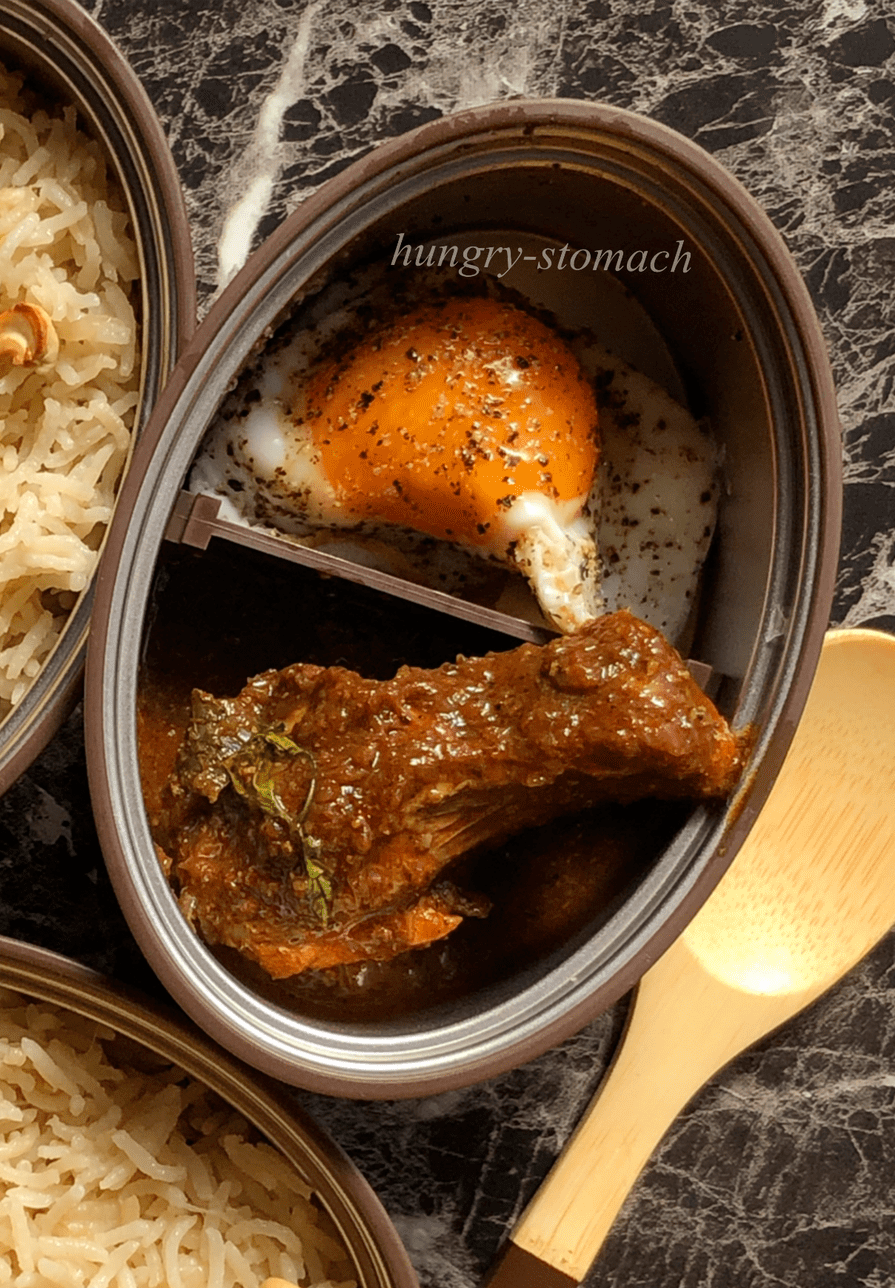































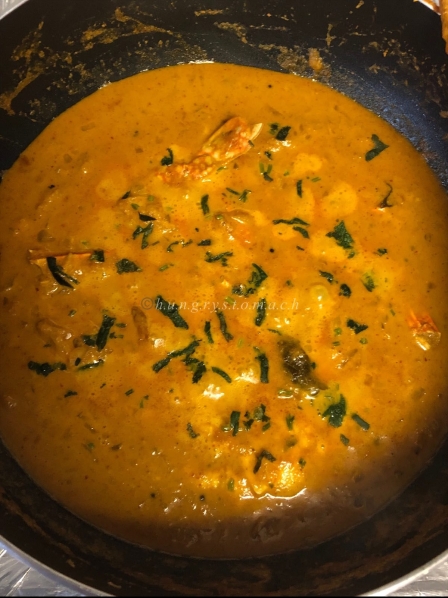
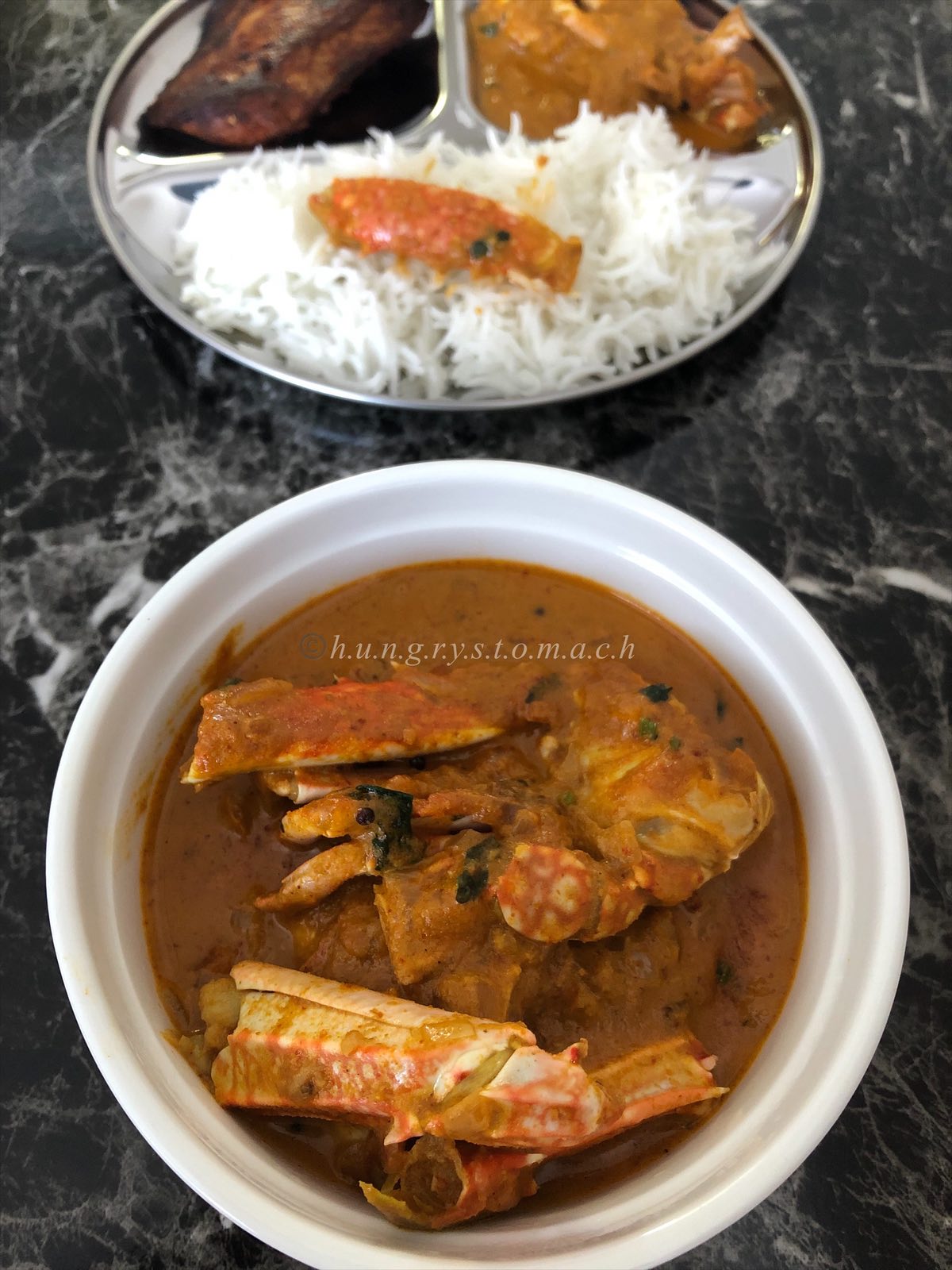











































































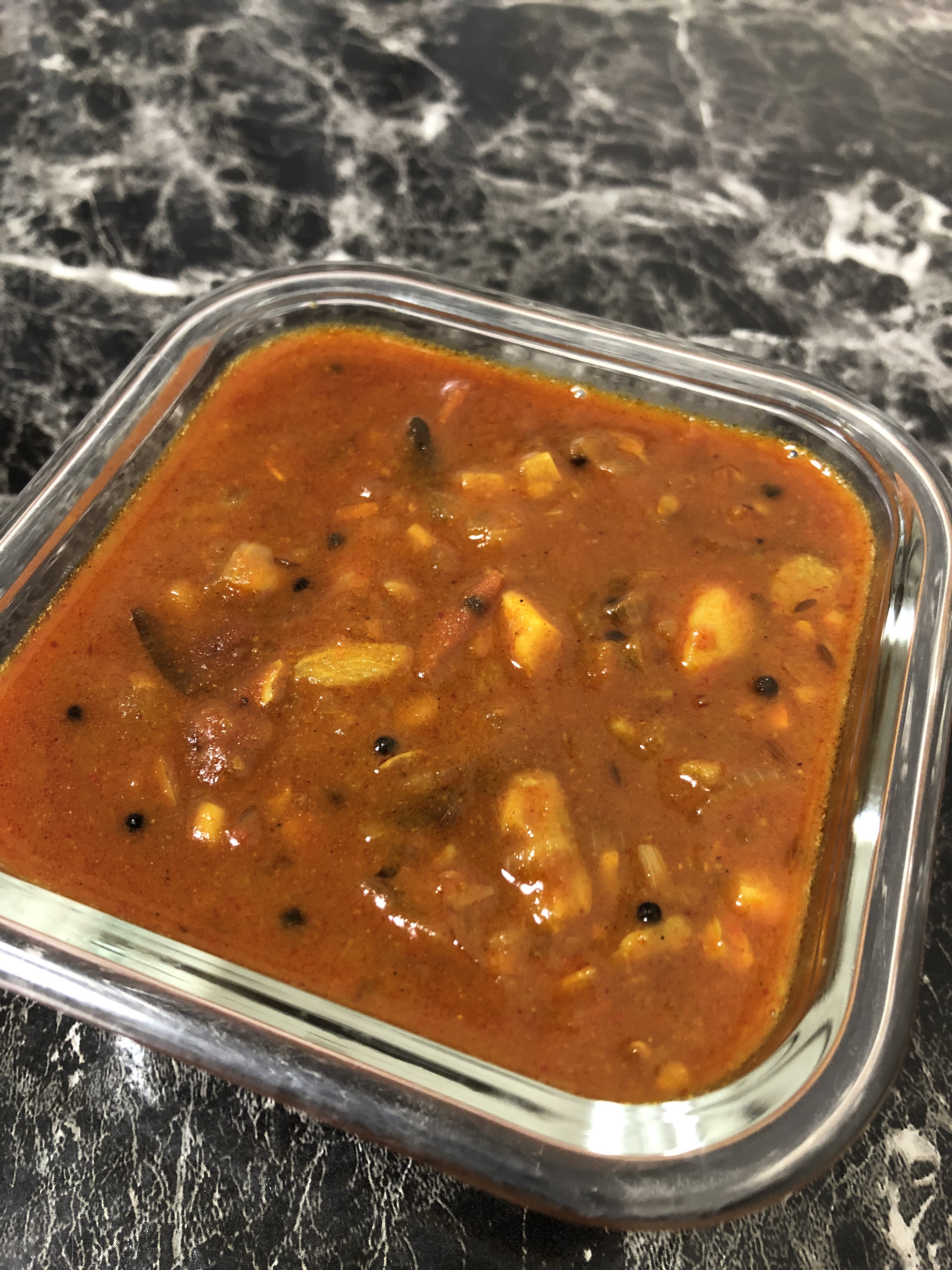

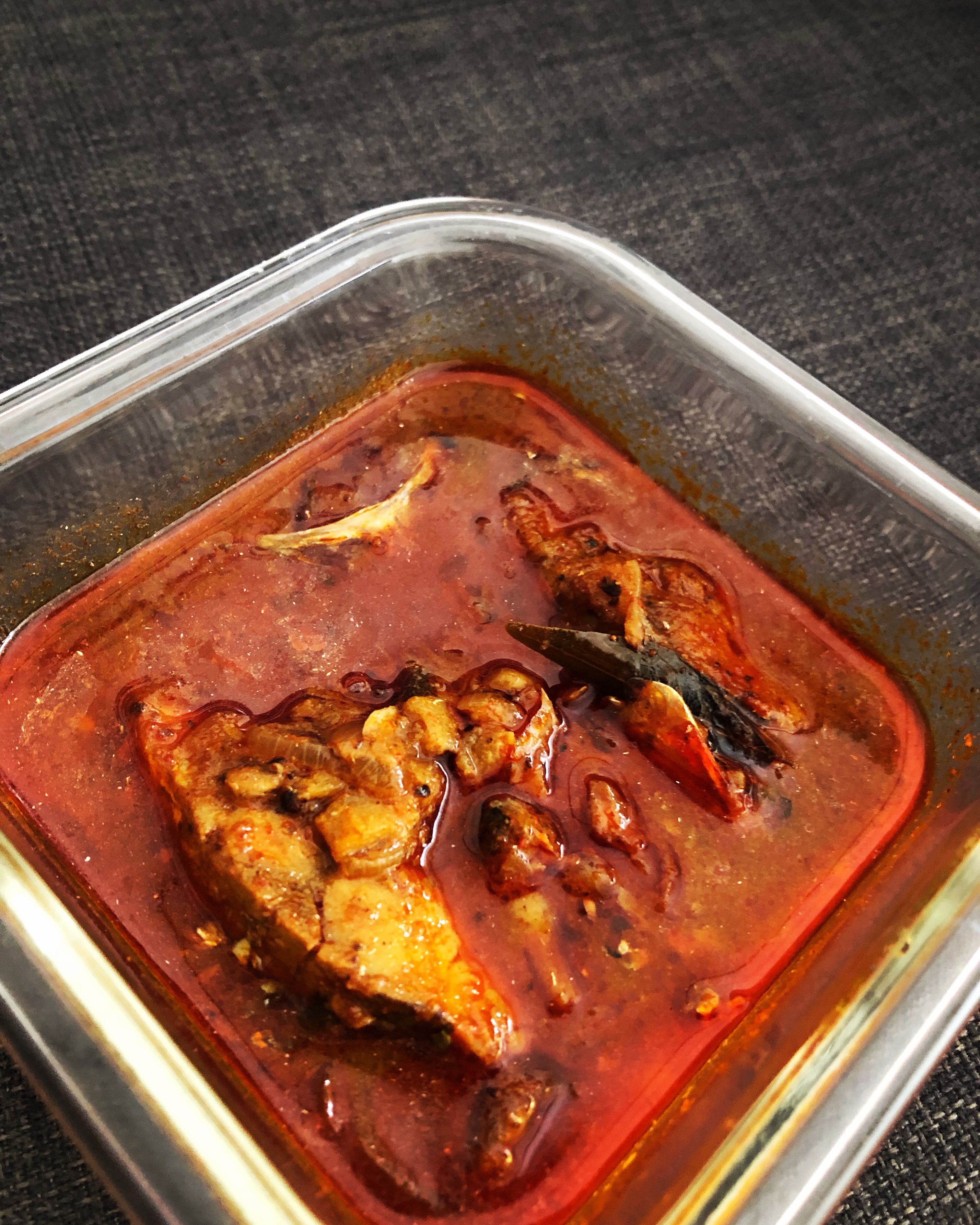



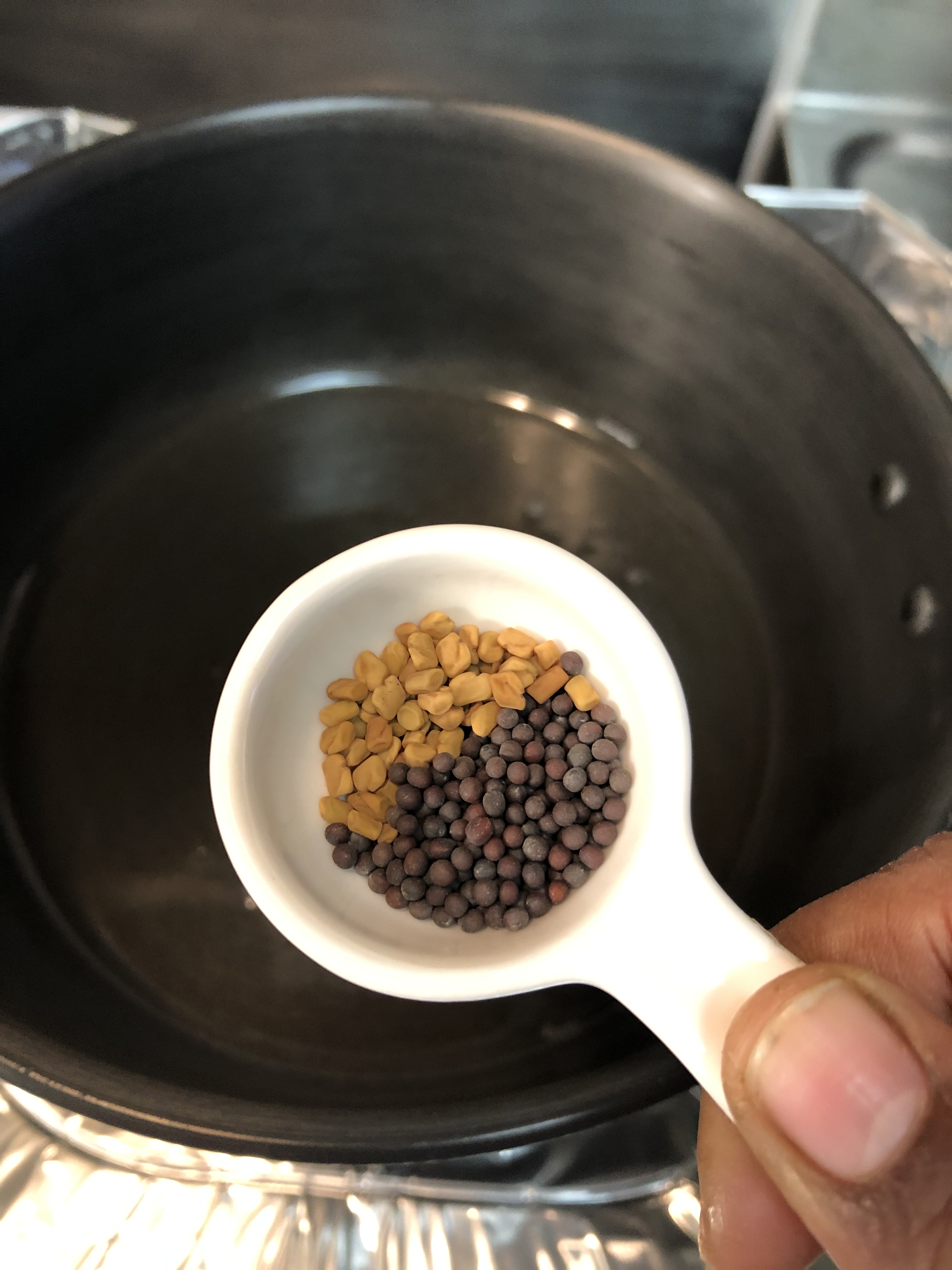



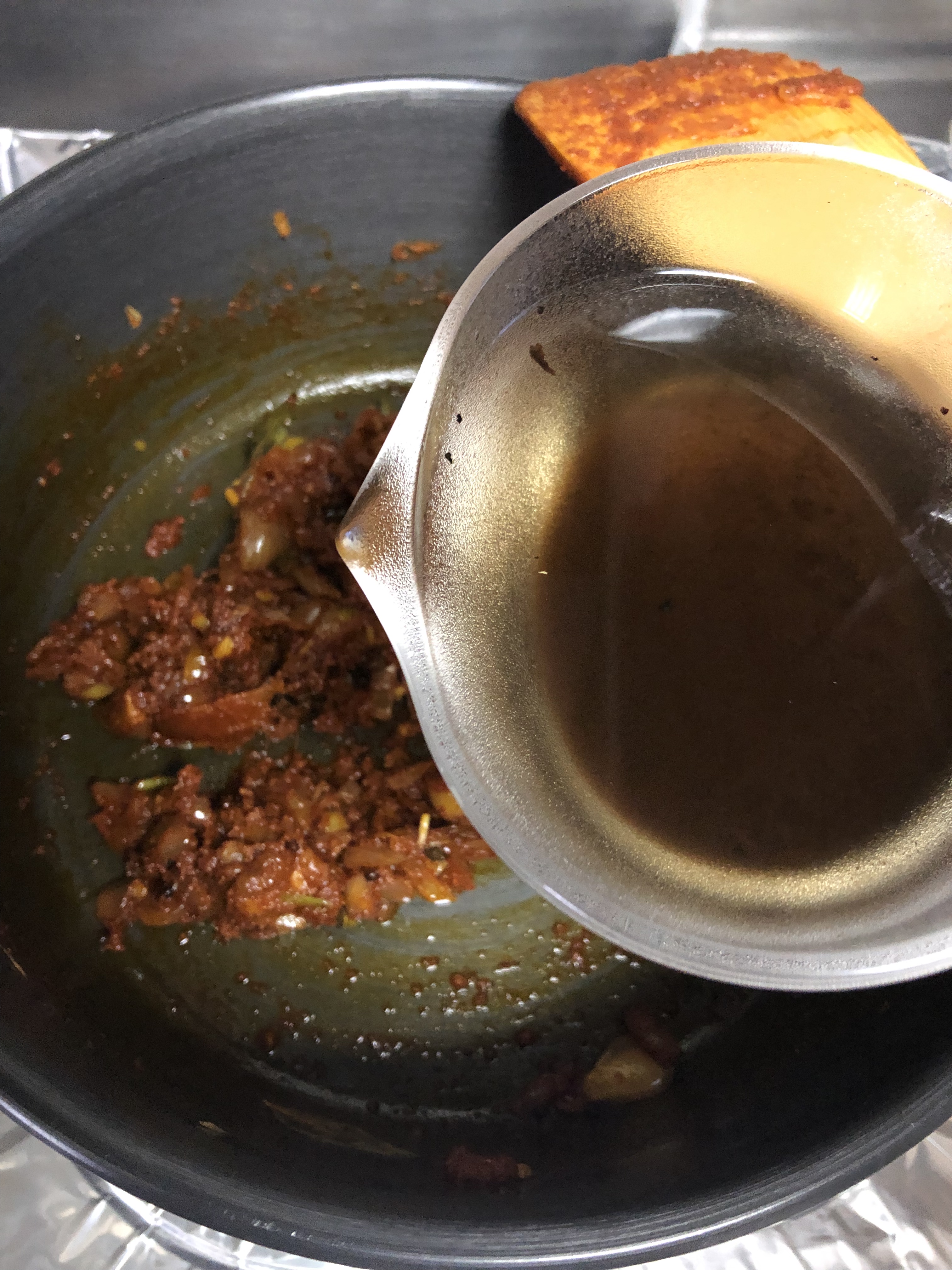








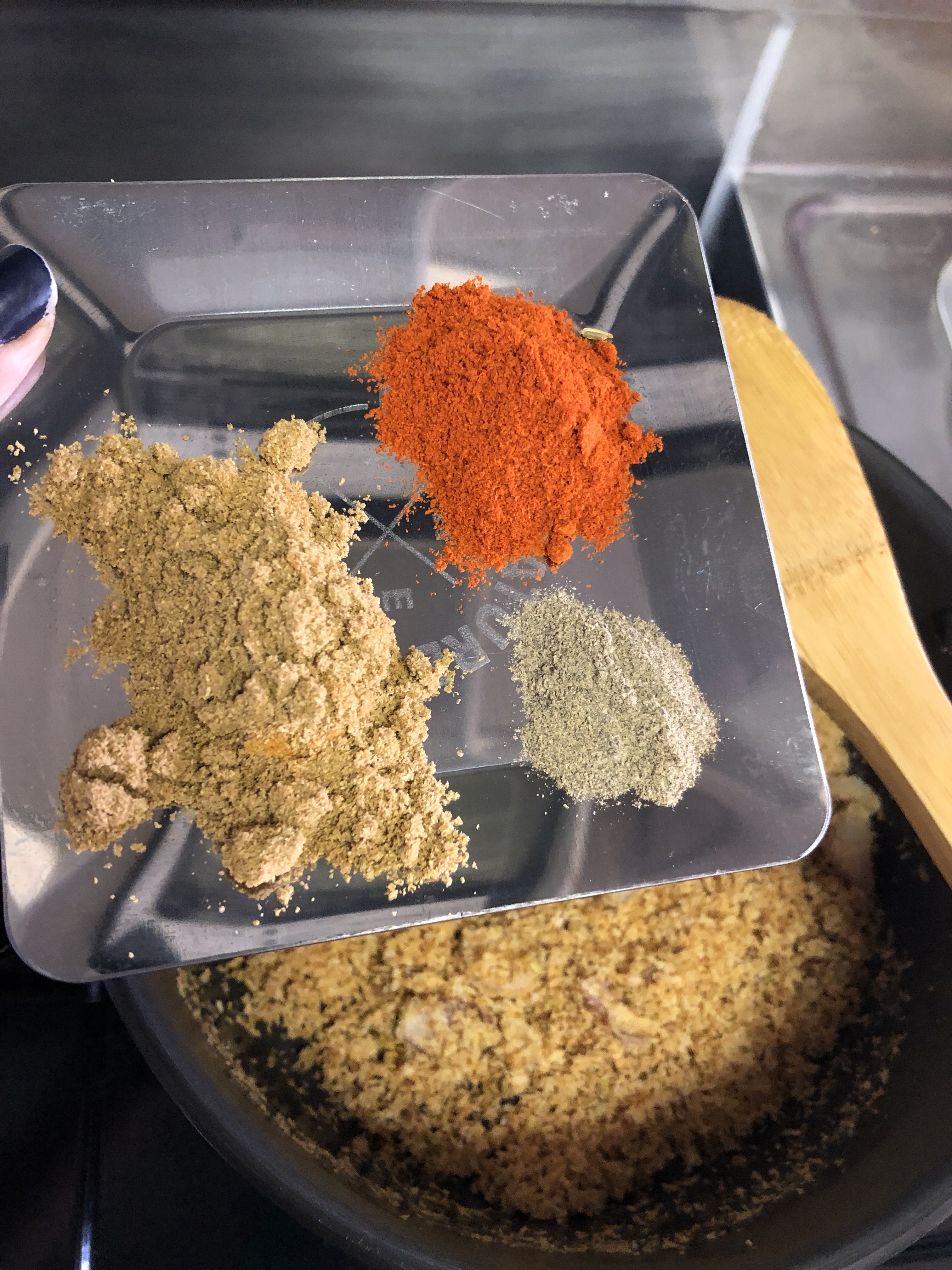

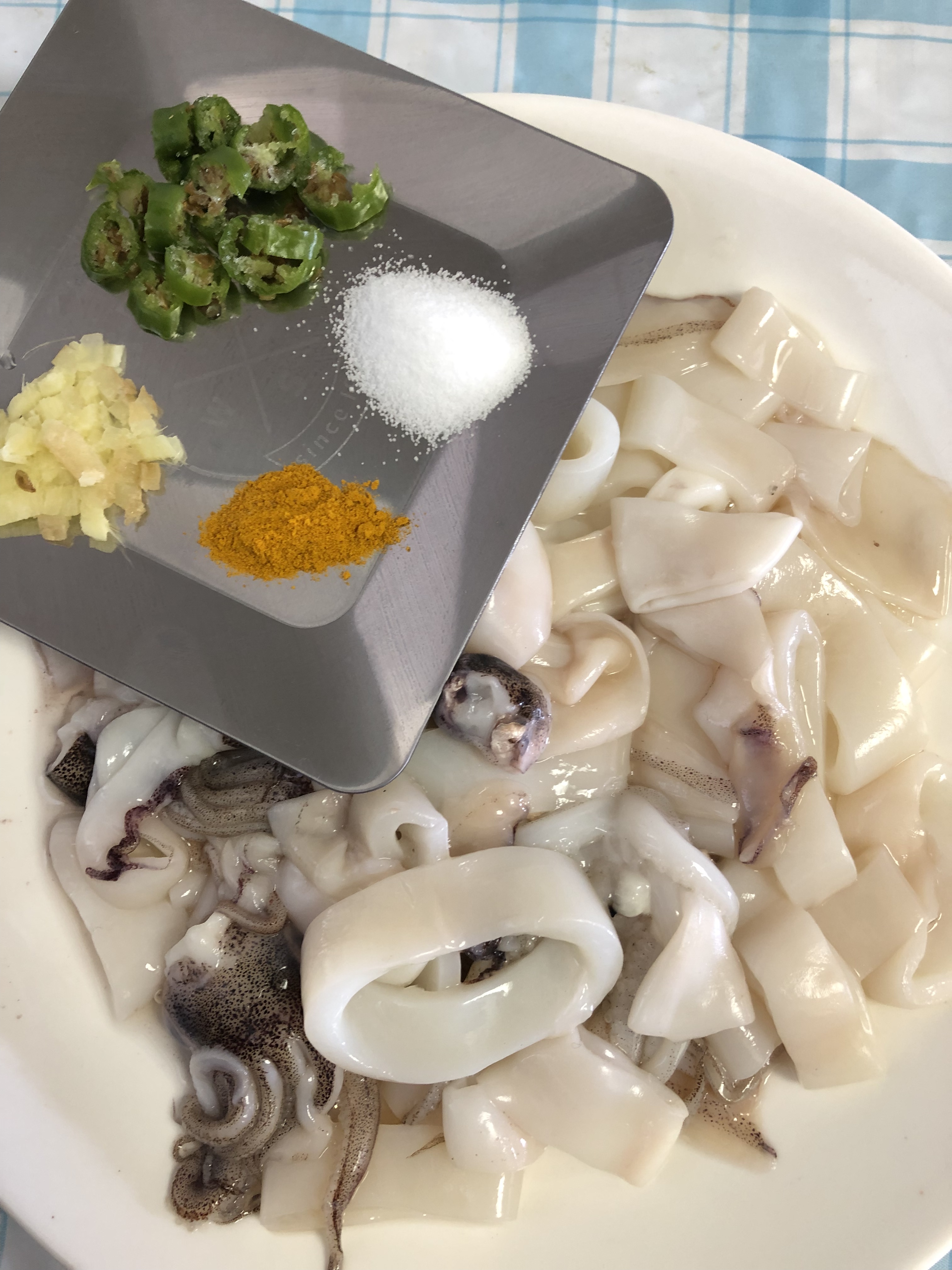

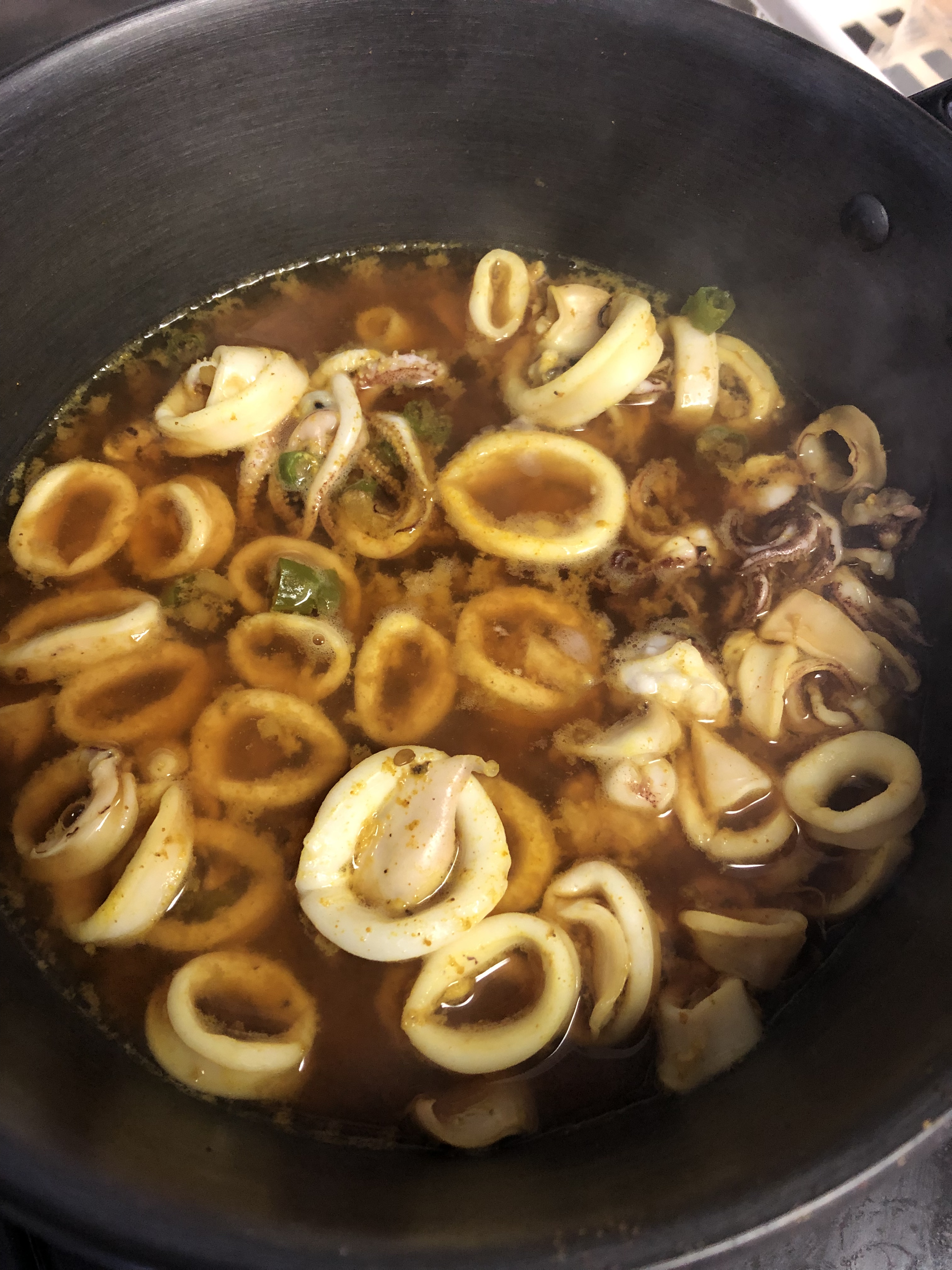

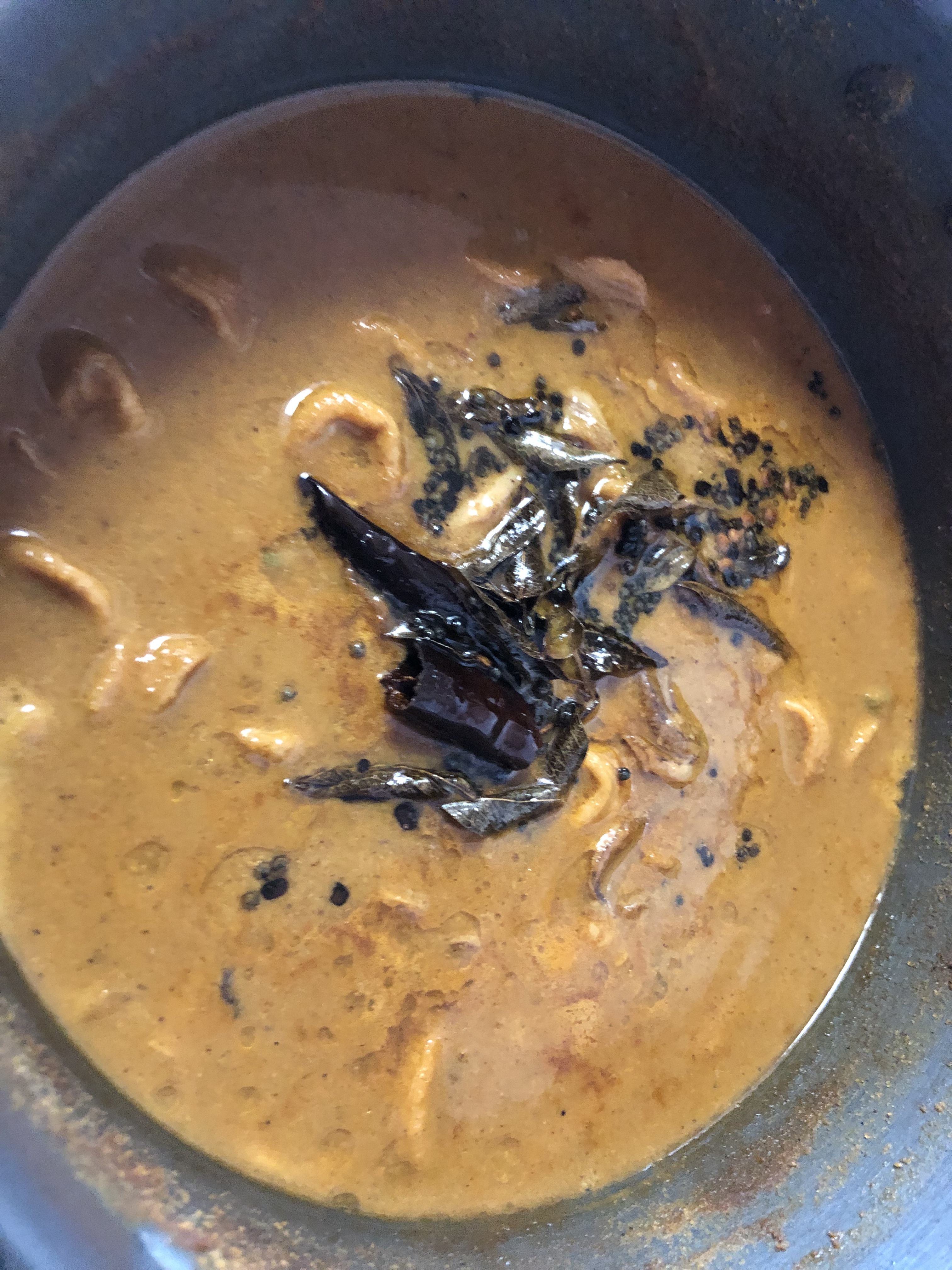
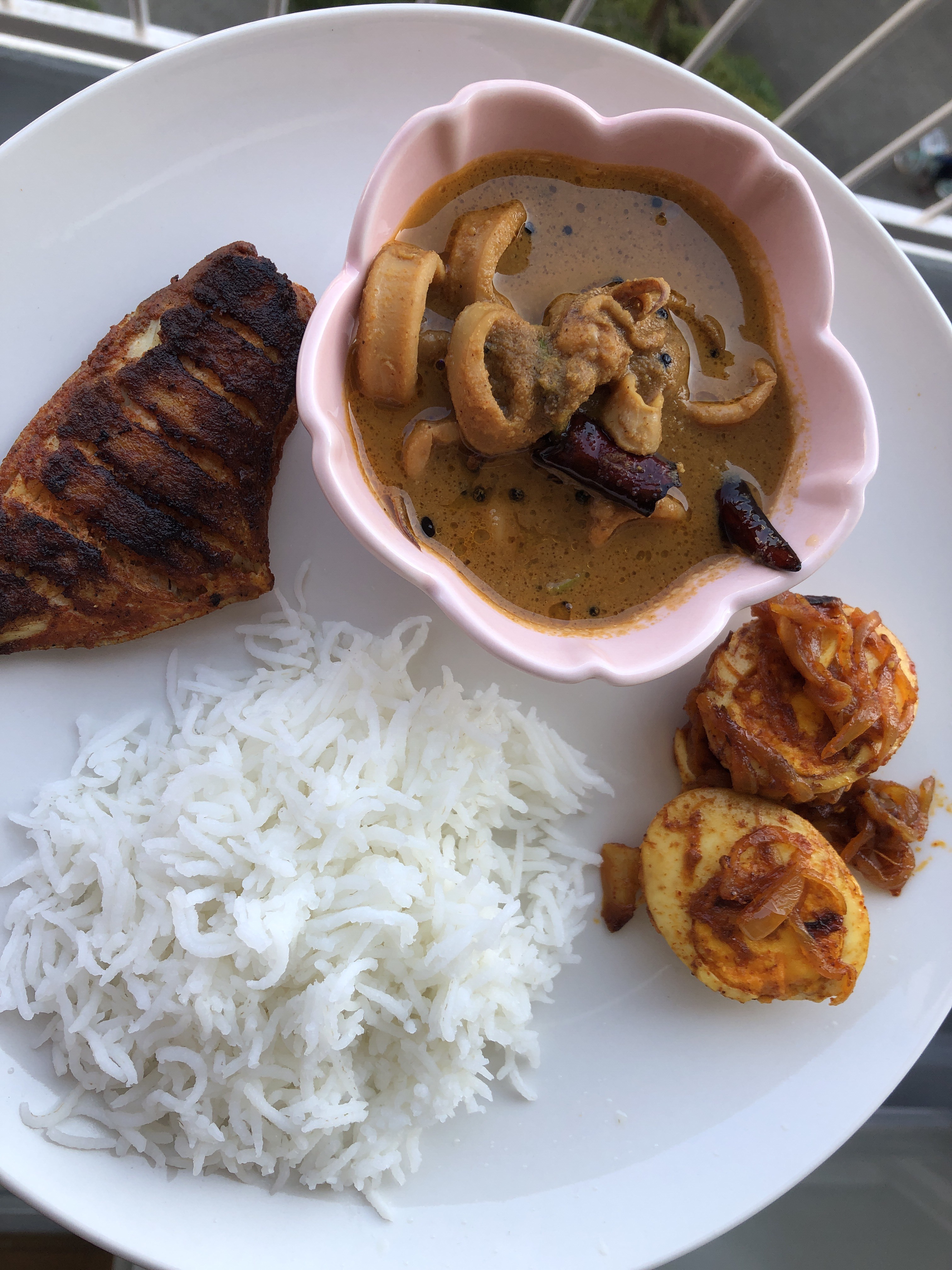


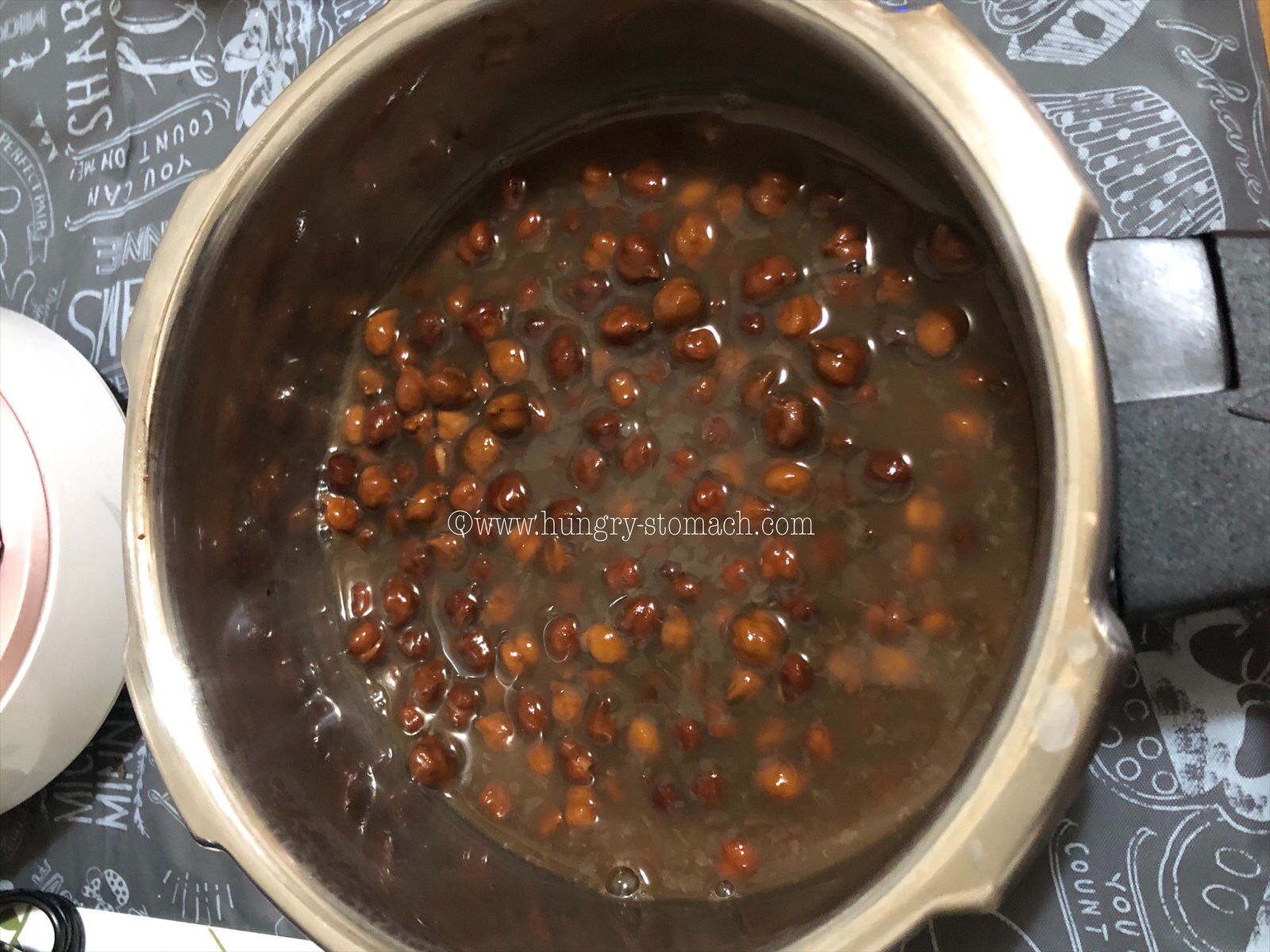
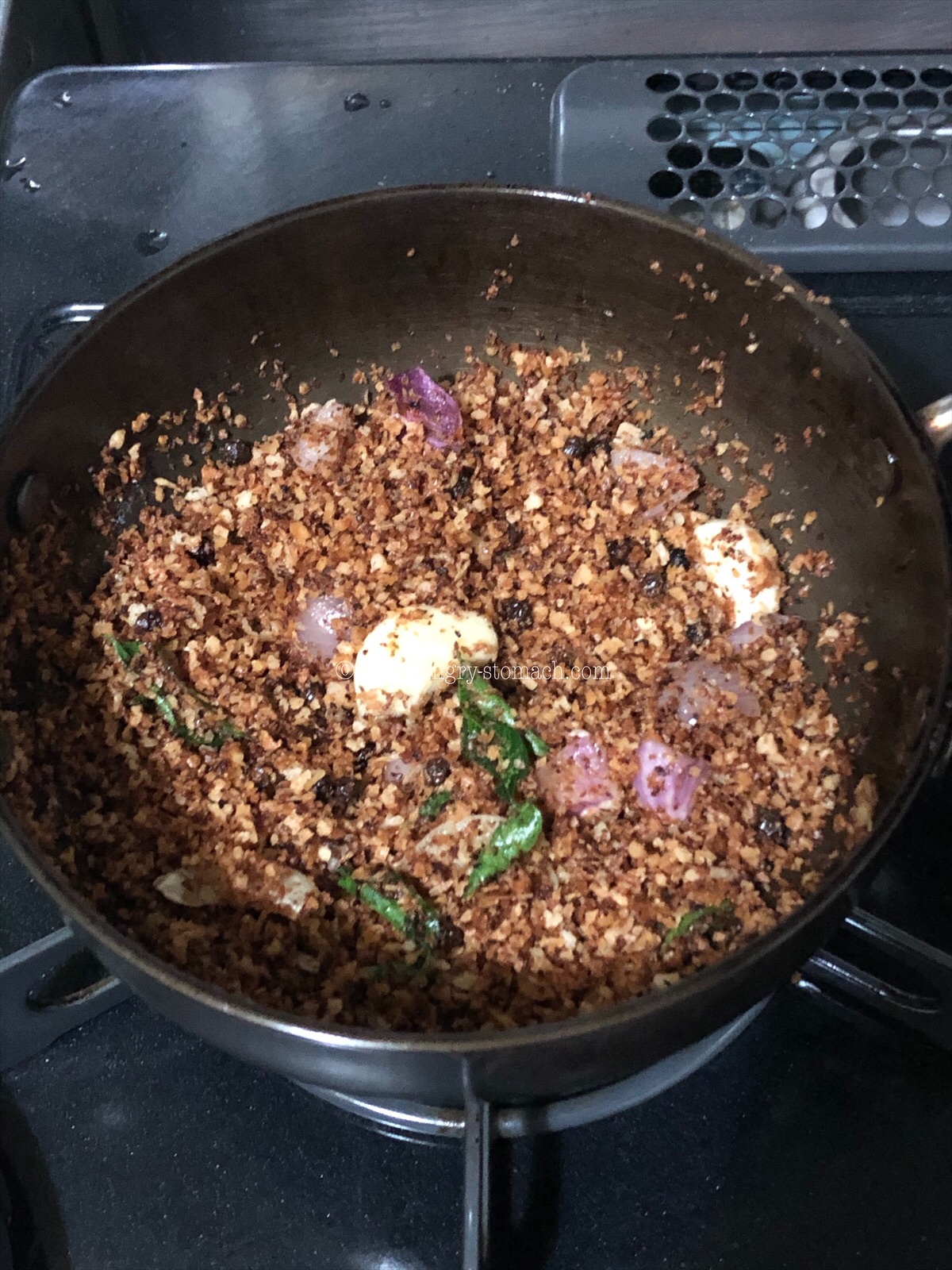










 Chana masala is traditionally based with chickpeas, onion, ginger, fresh cilantro, a blend of spices, and tomatoes. The magical step that takes this dish to the finger lickin’ level is the bulk of flavourful spices and DIY garam masala.
Chana masala is traditionally based with chickpeas, onion, ginger, fresh cilantro, a blend of spices, and tomatoes. The magical step that takes this dish to the finger lickin’ level is the bulk of flavourful spices and DIY garam masala.

